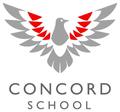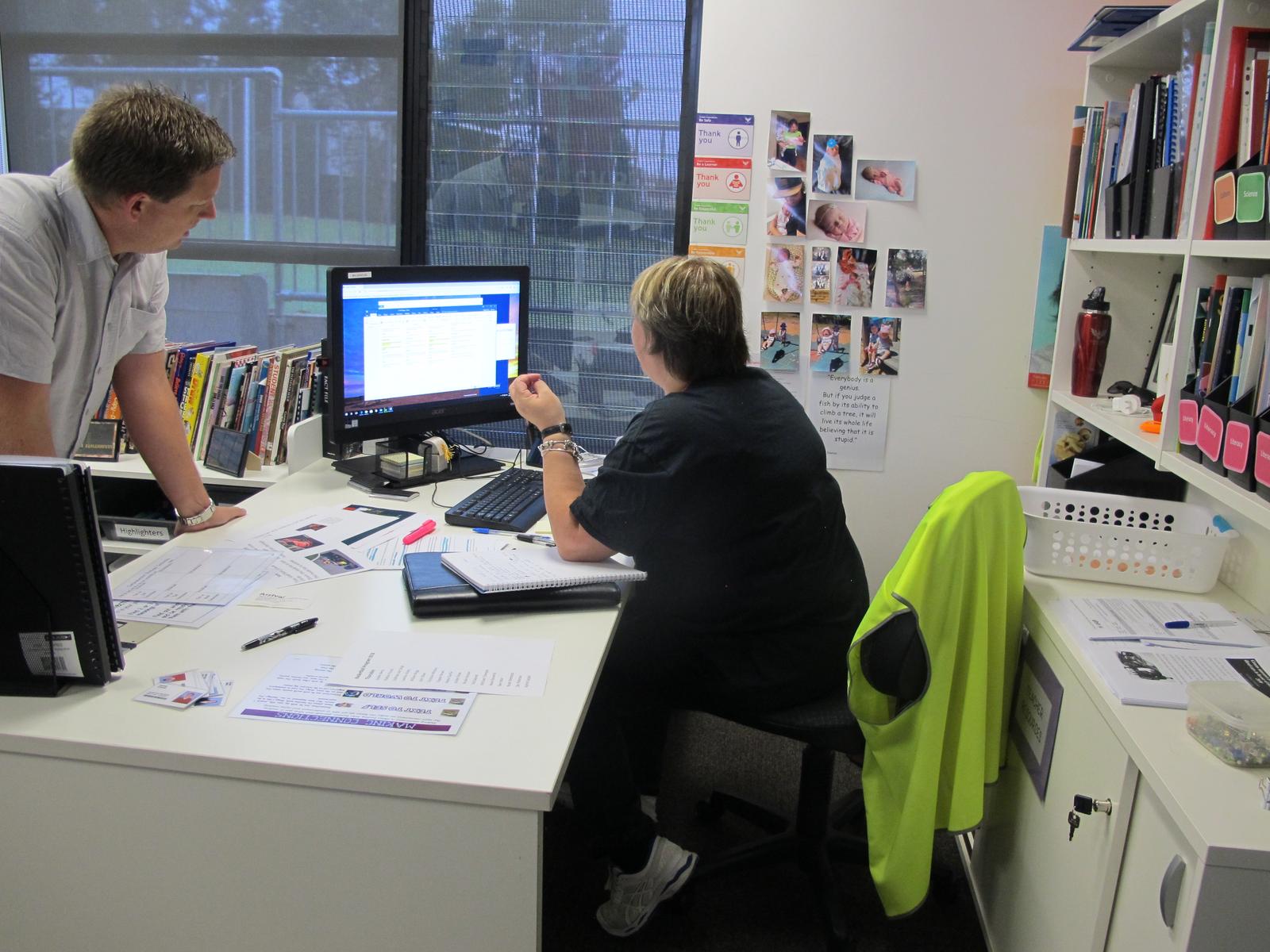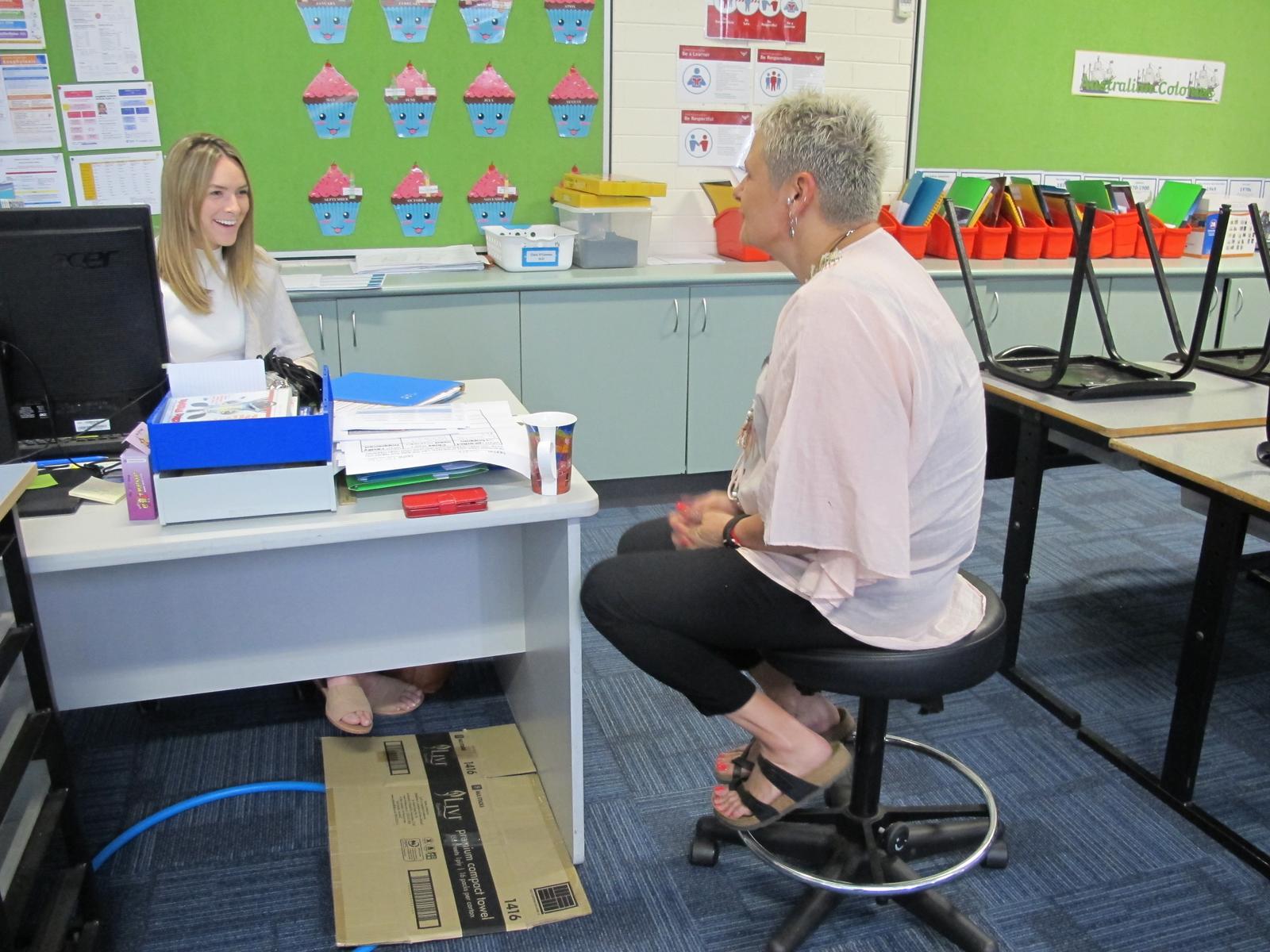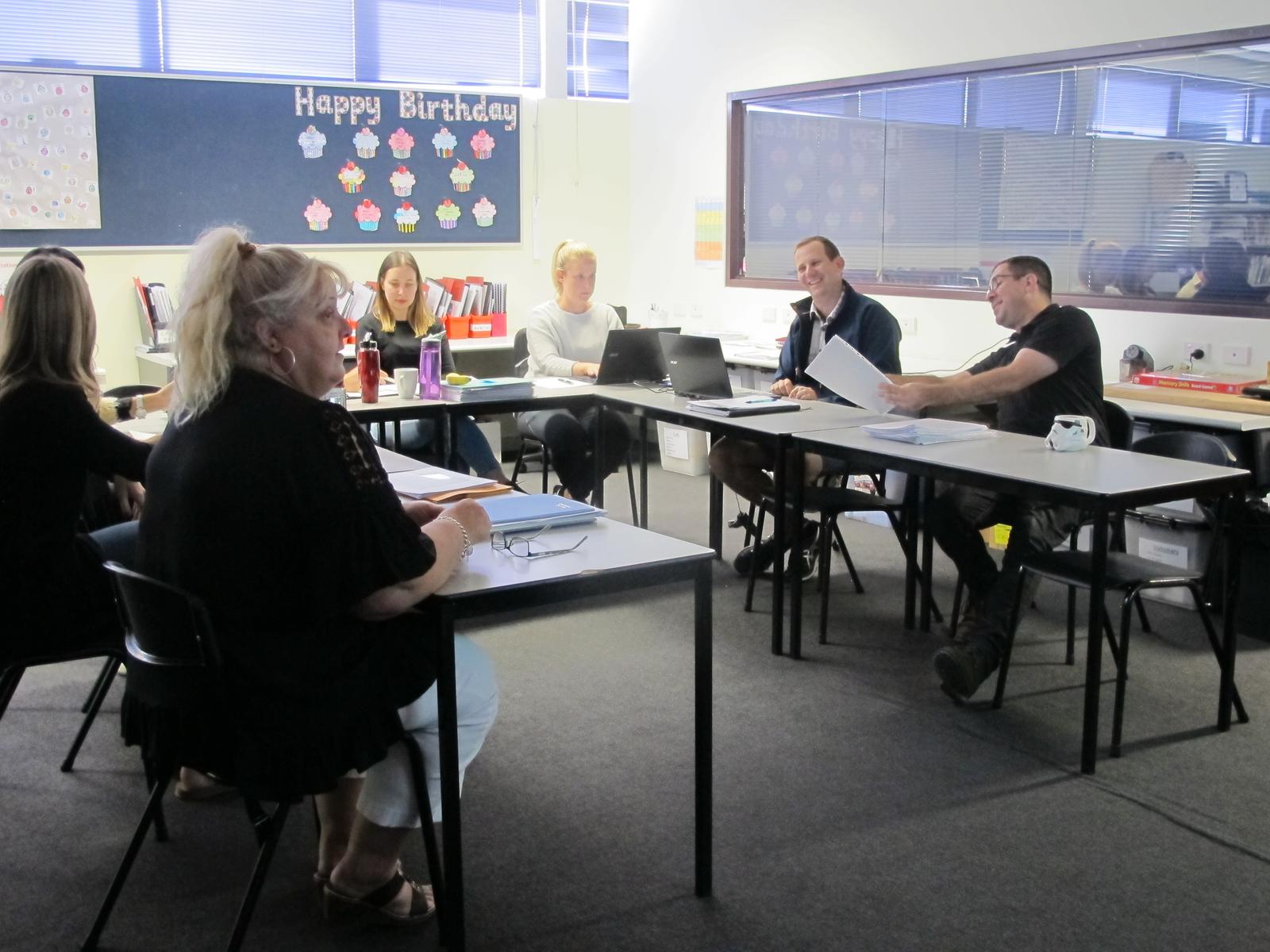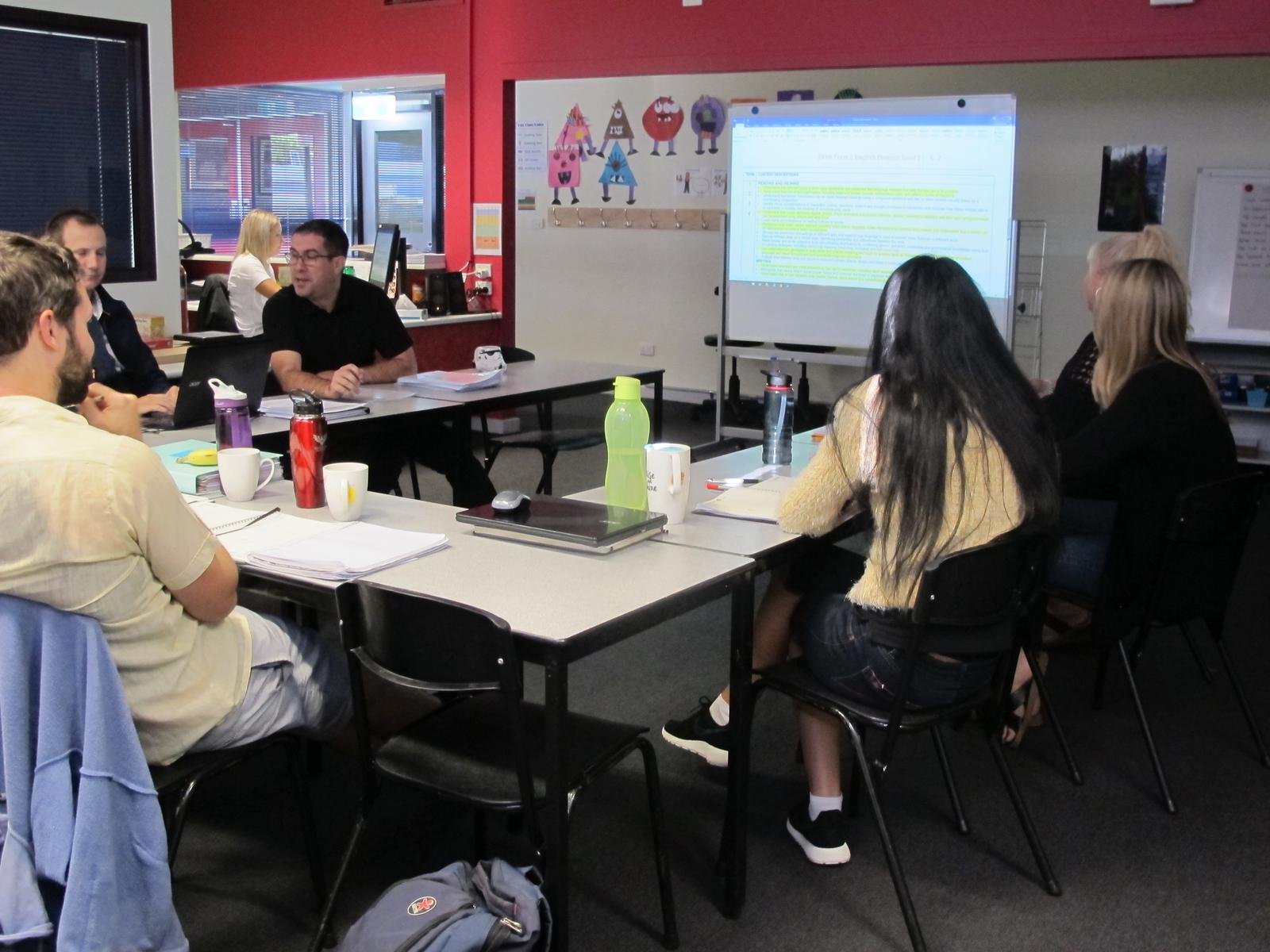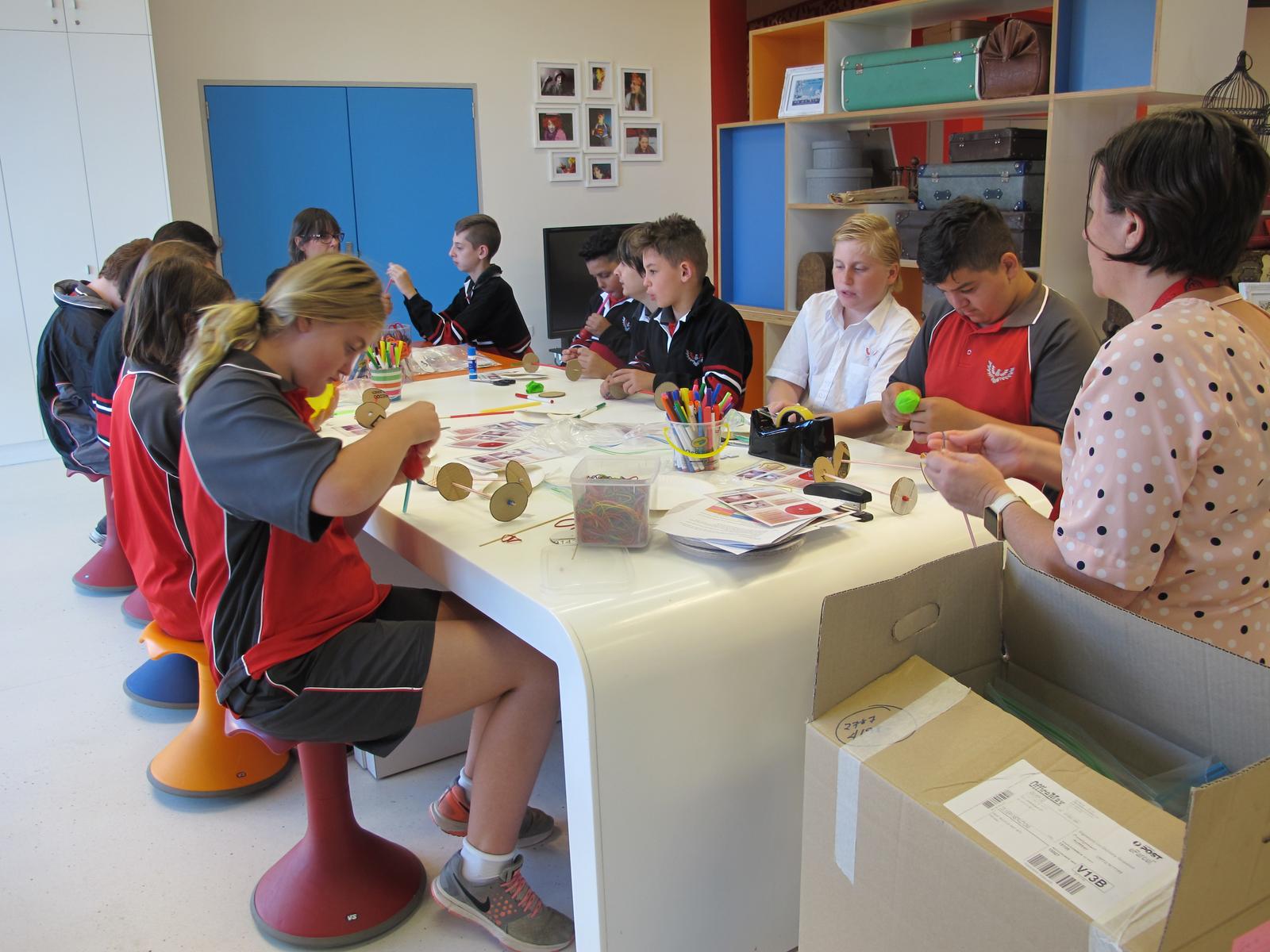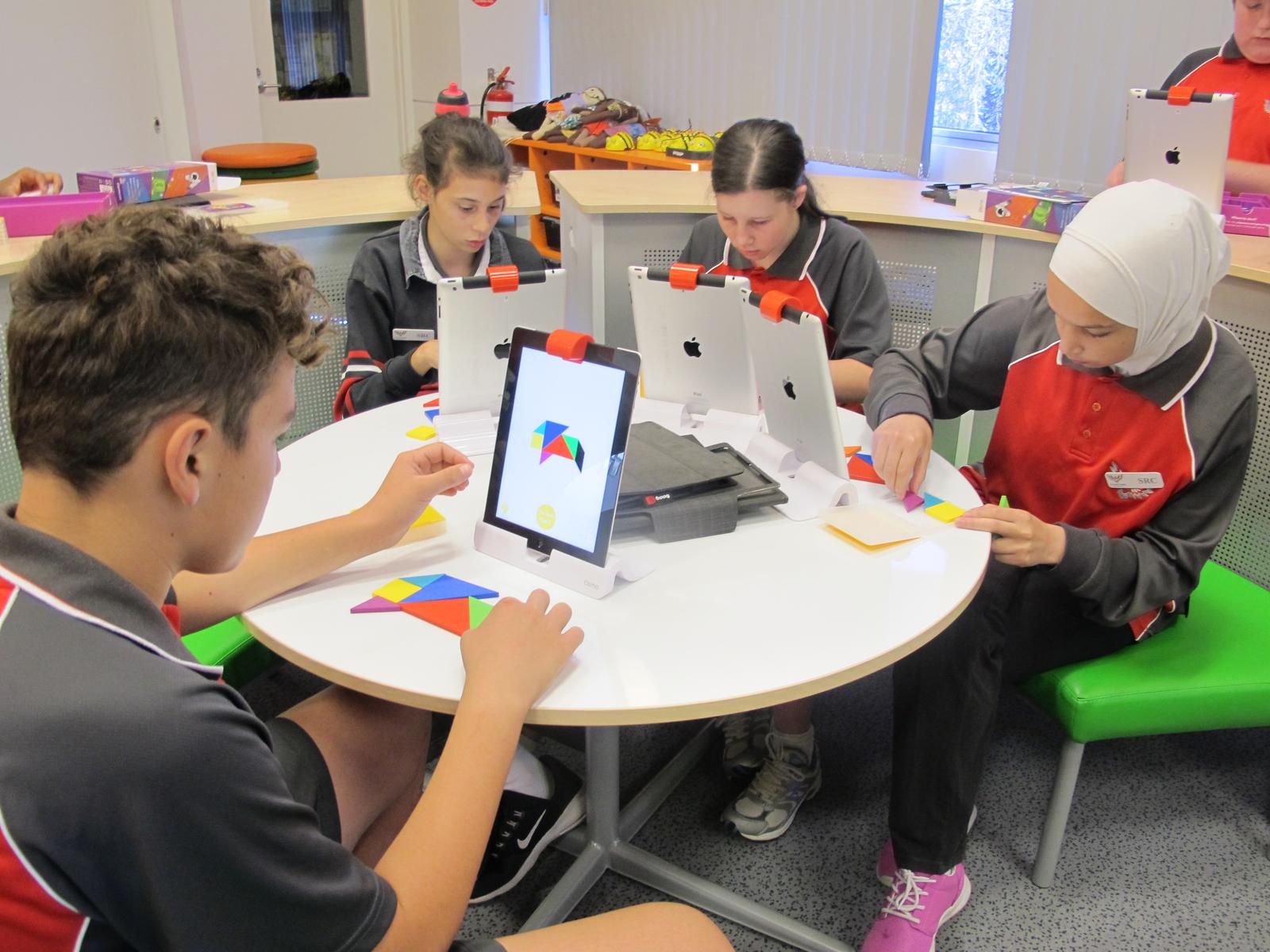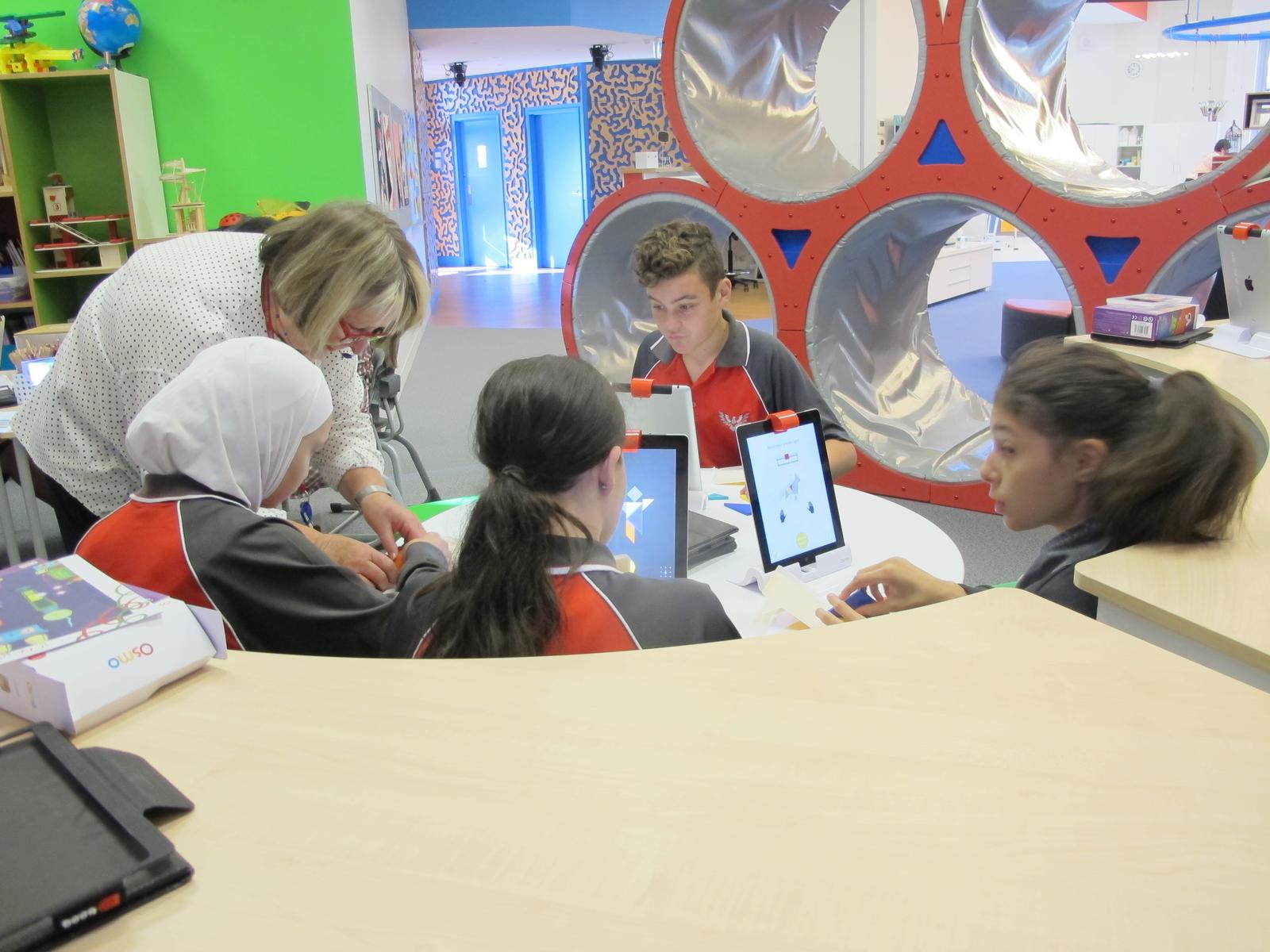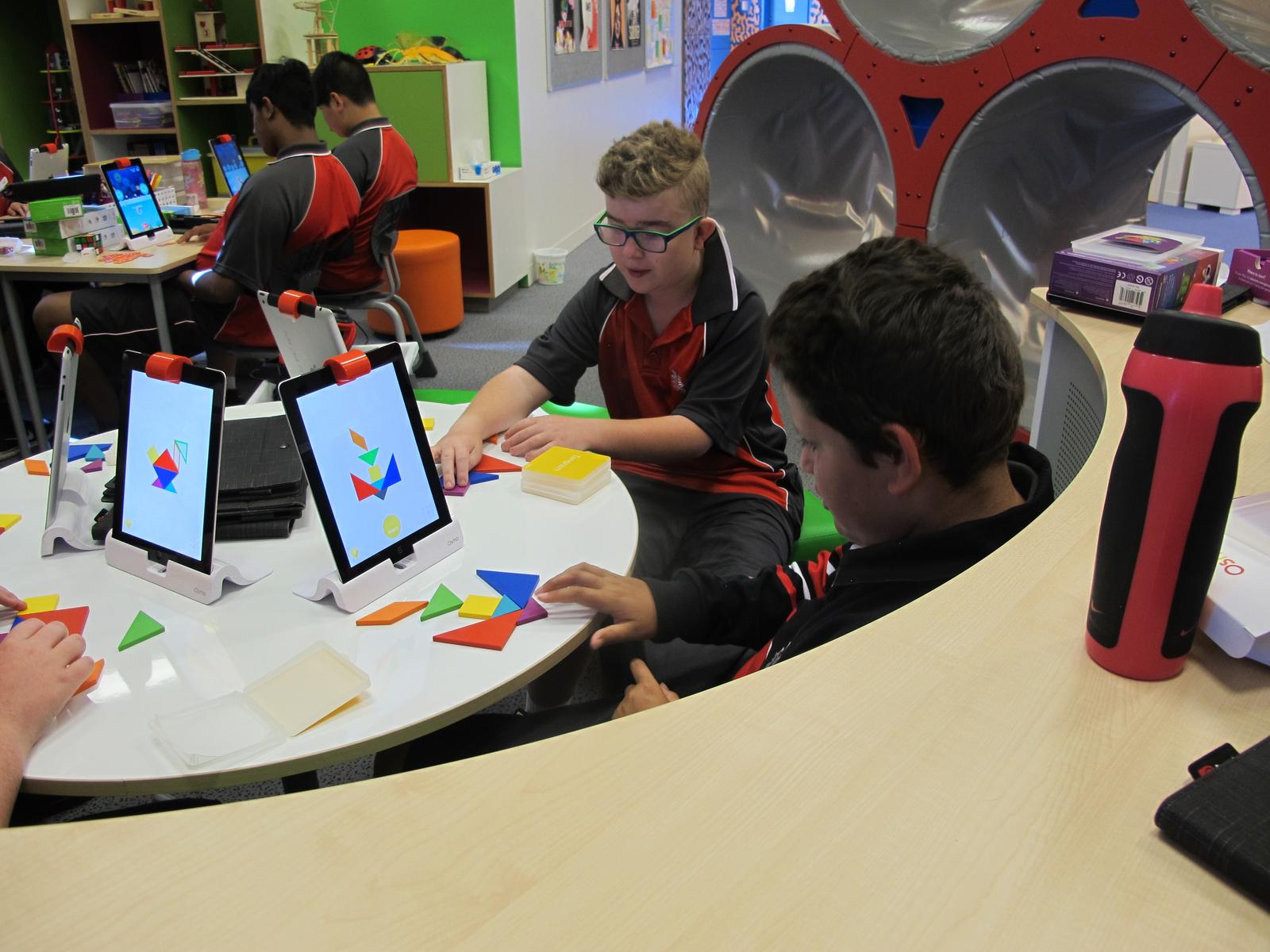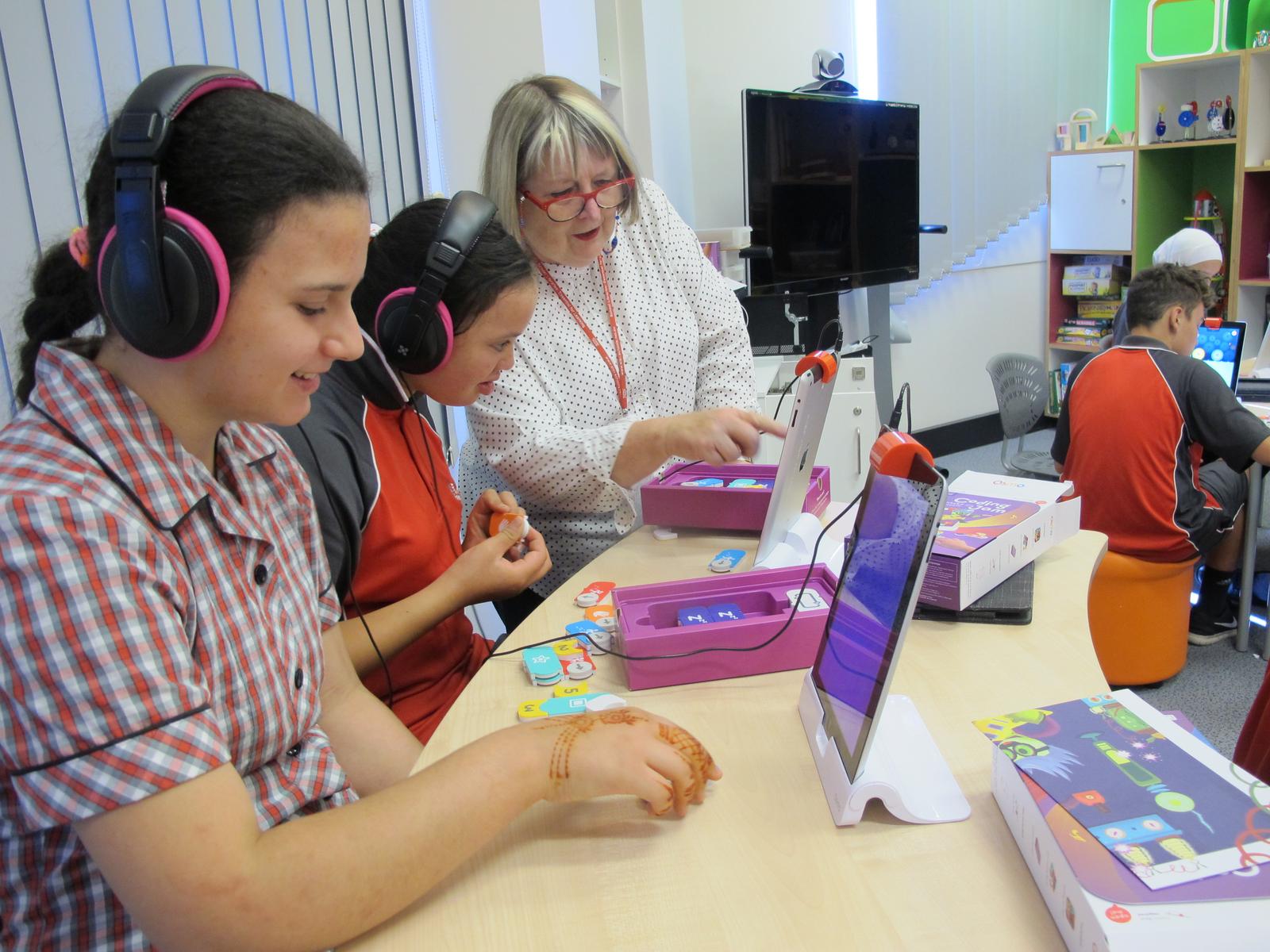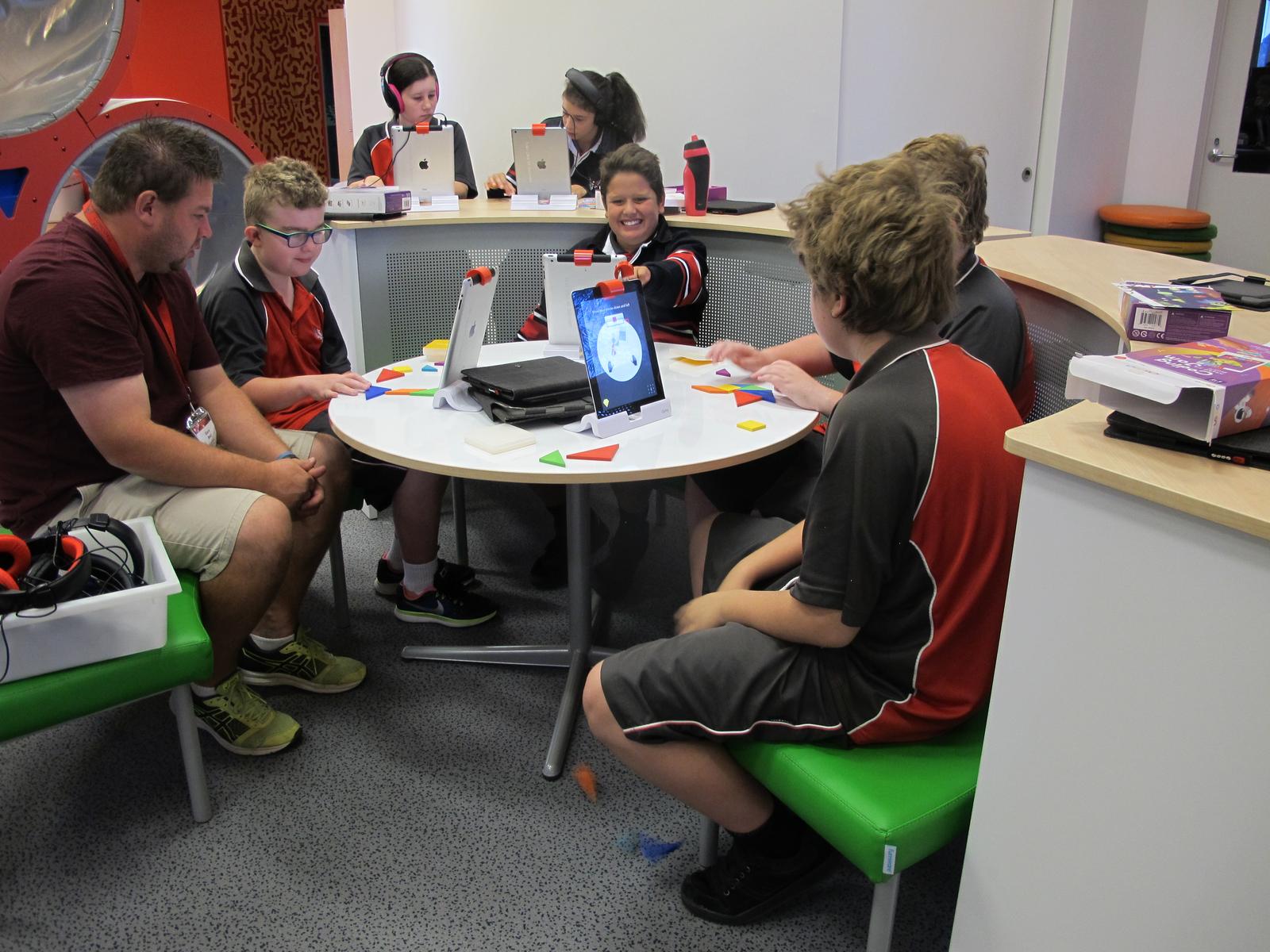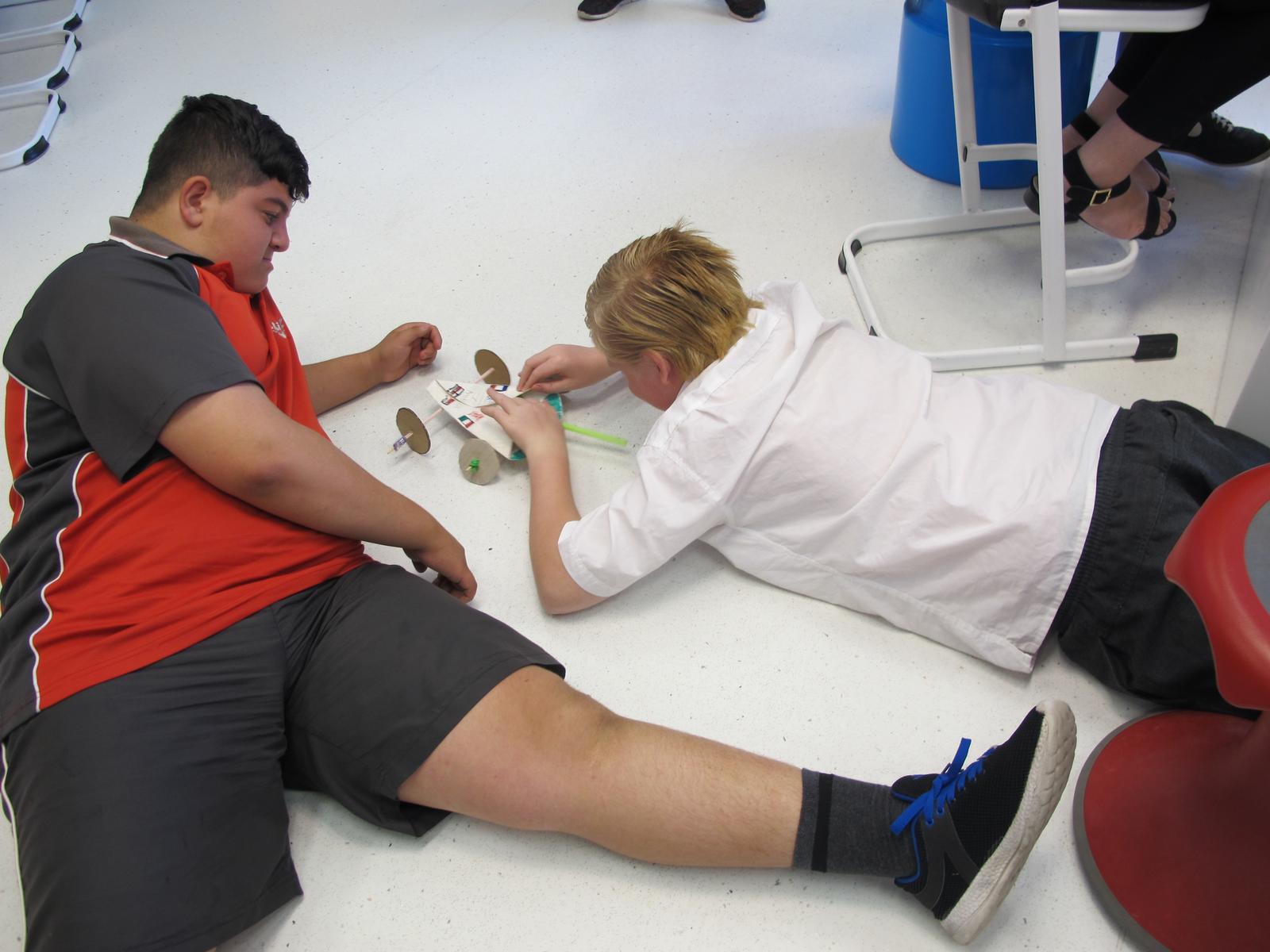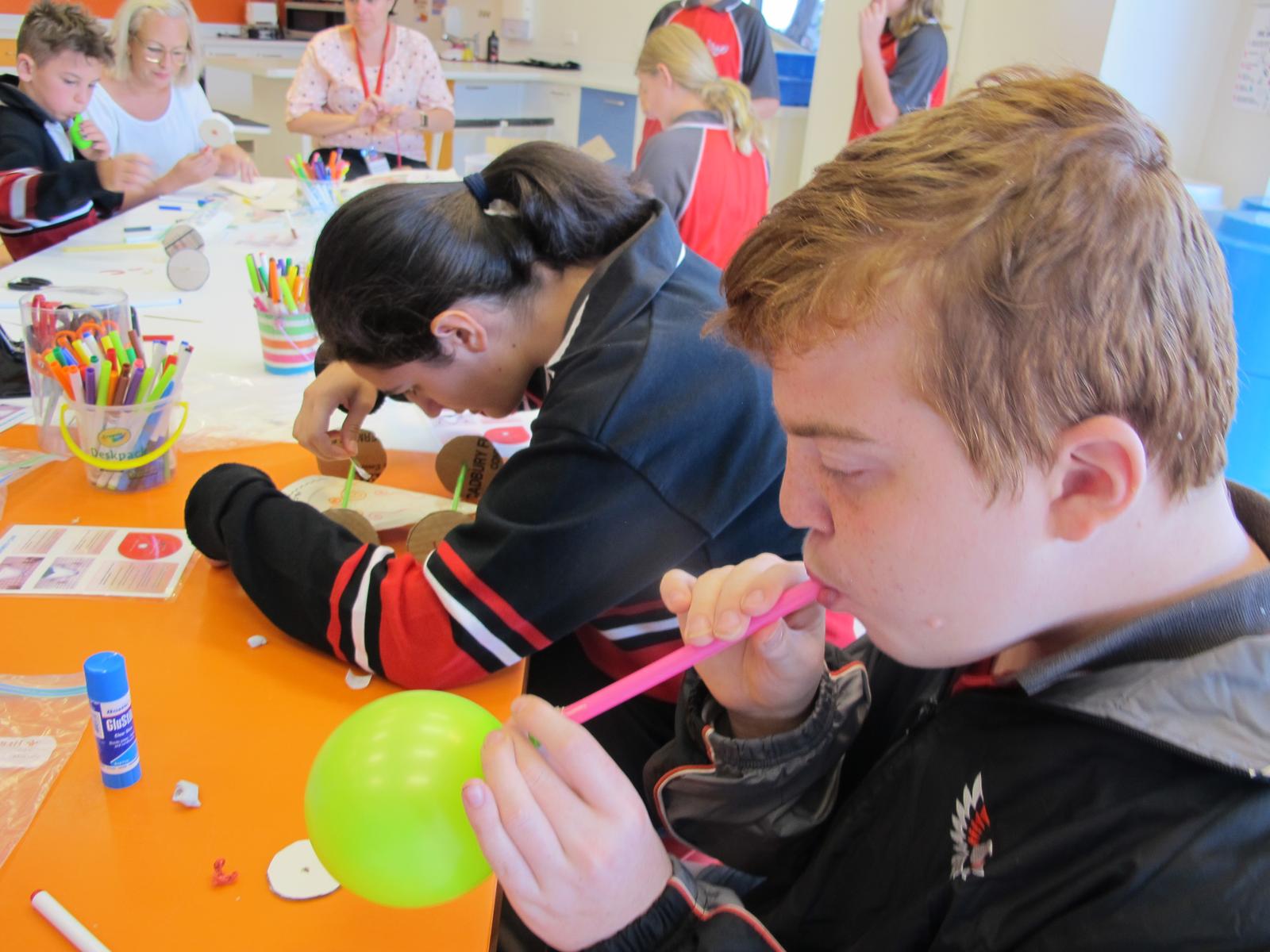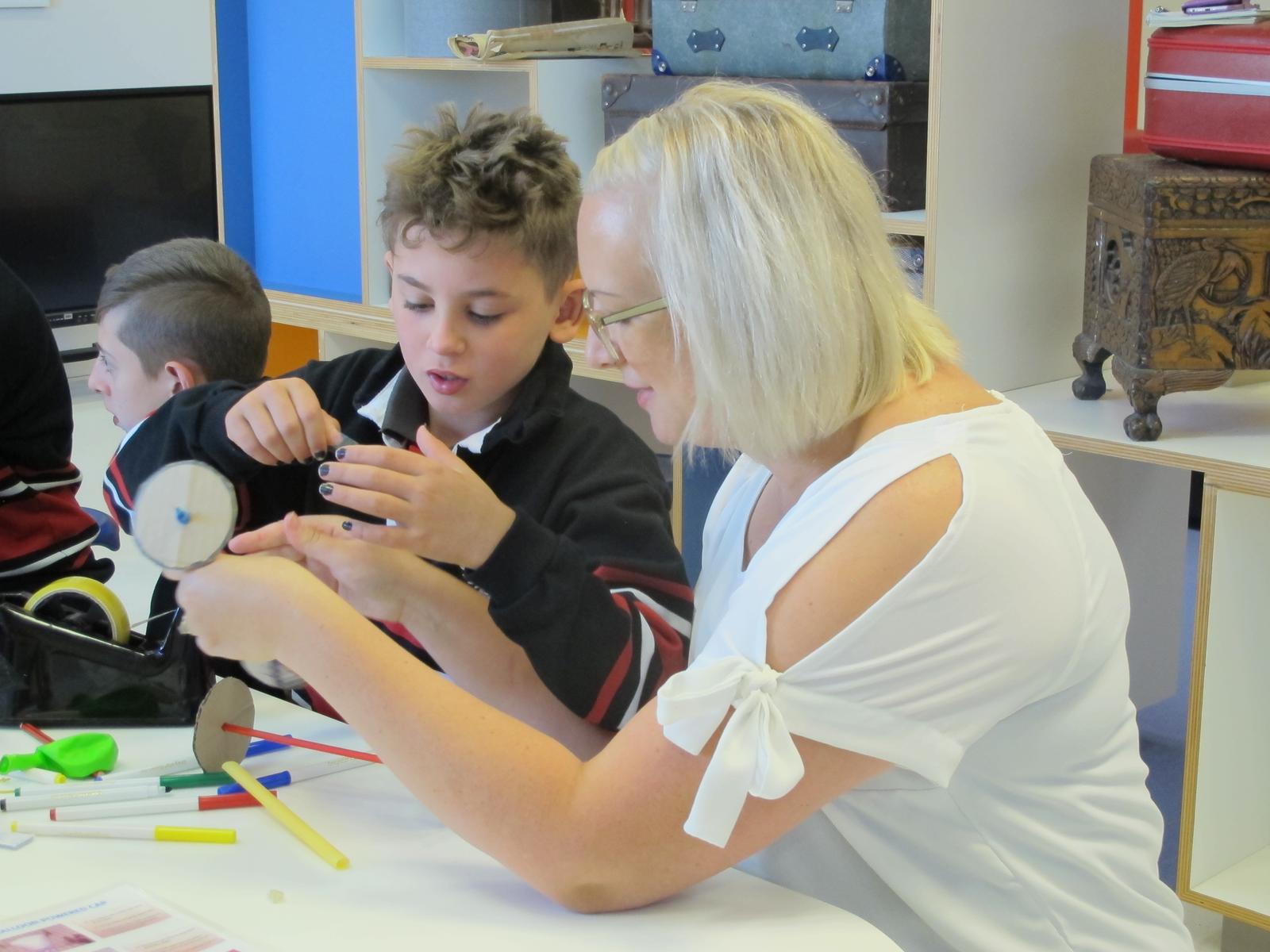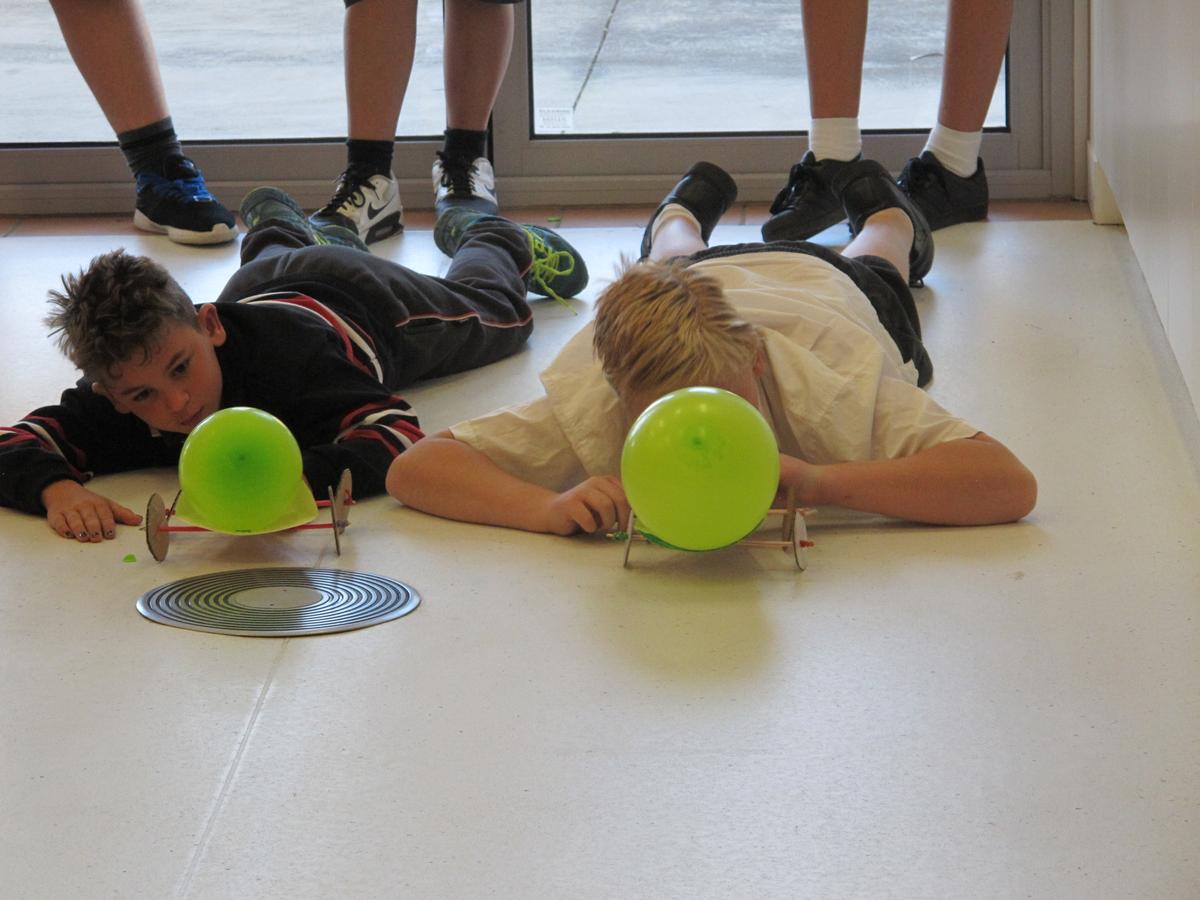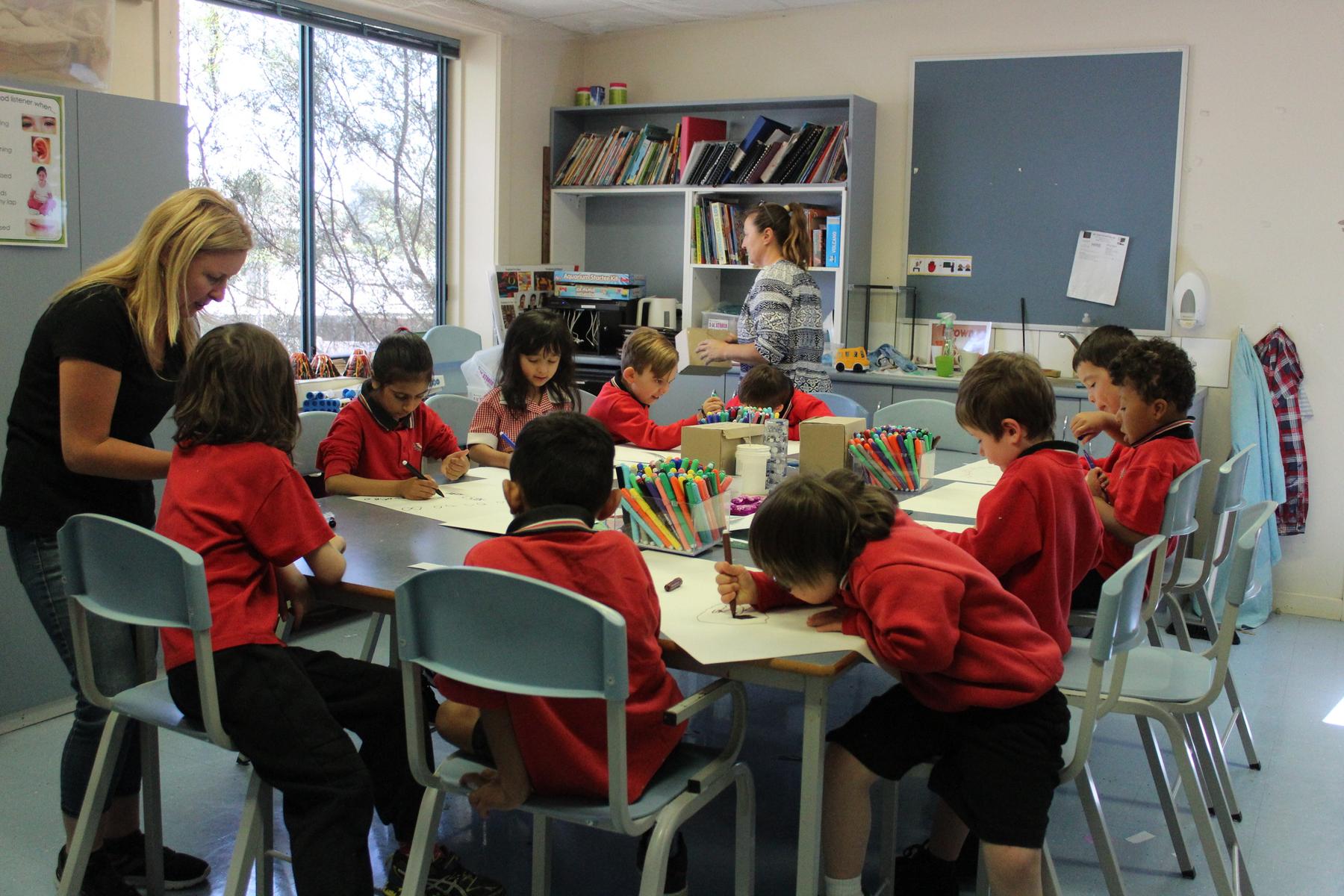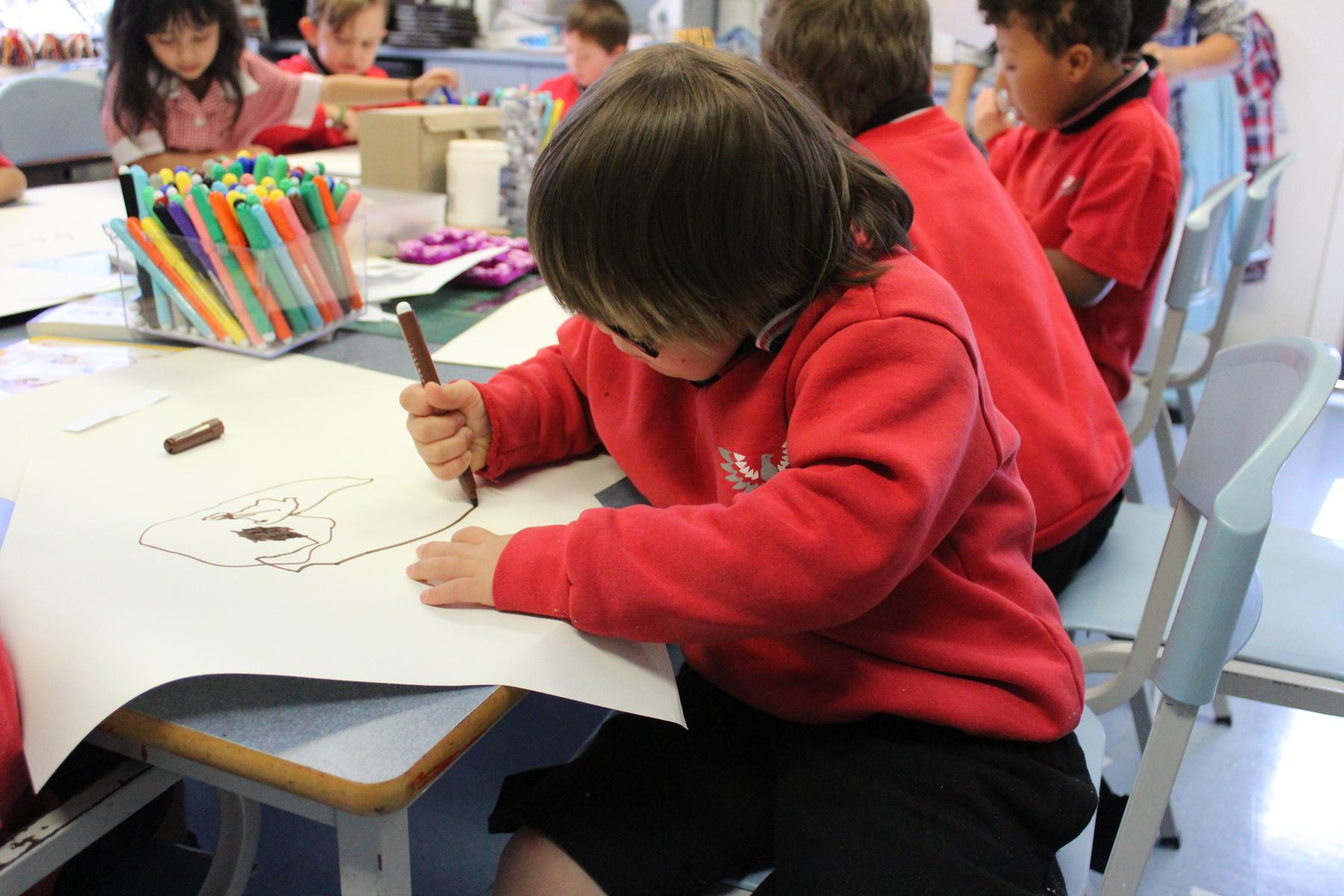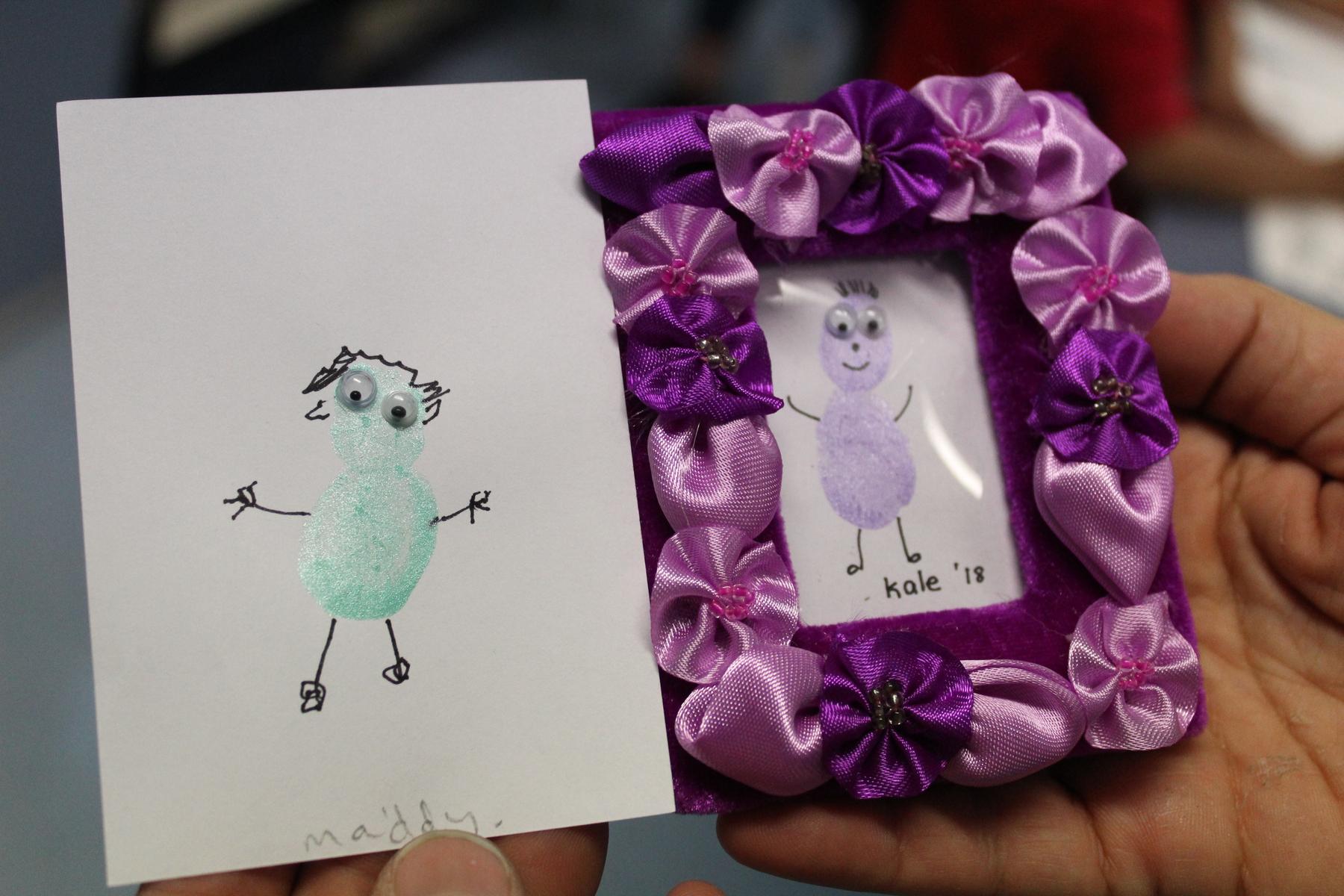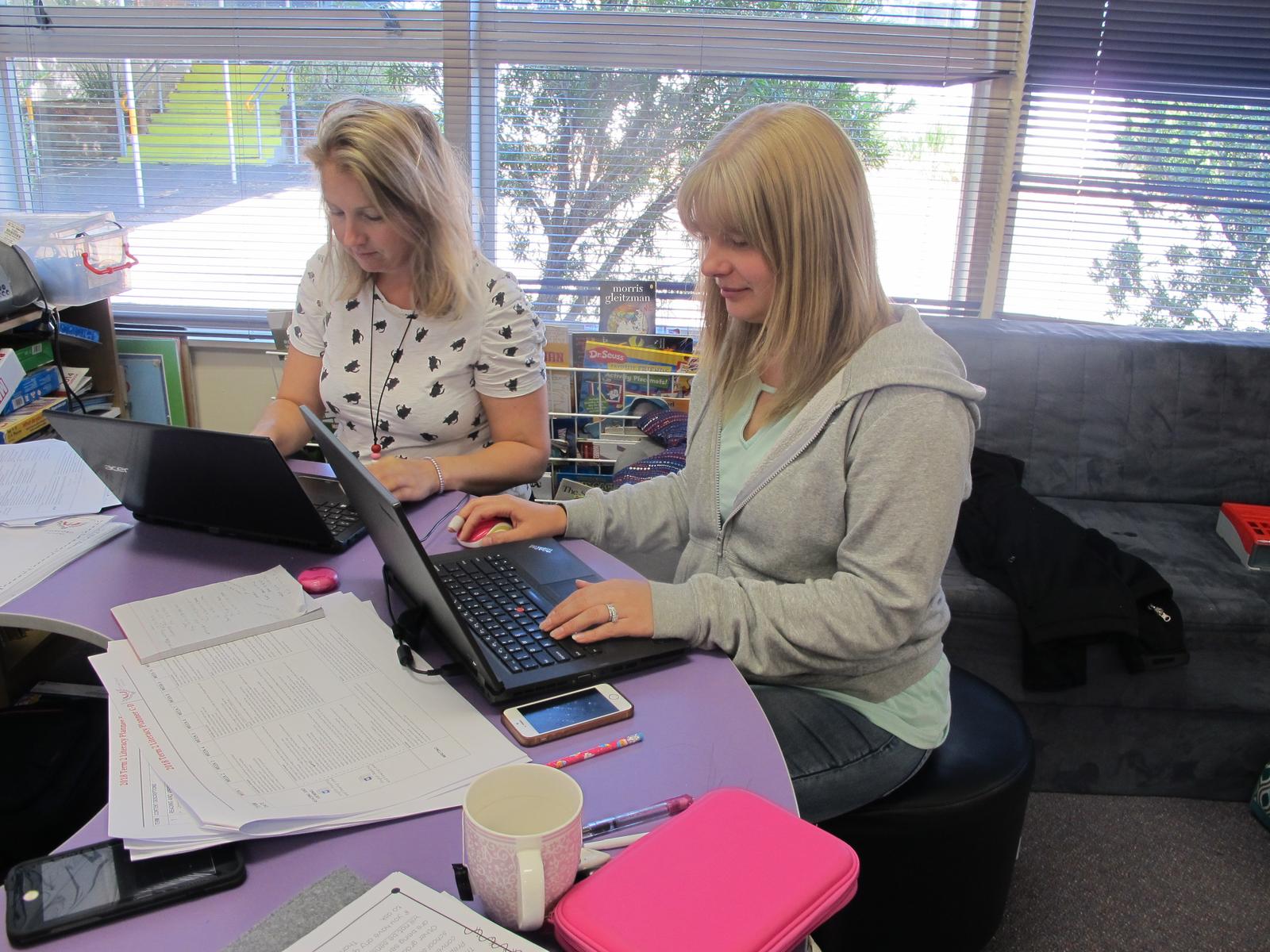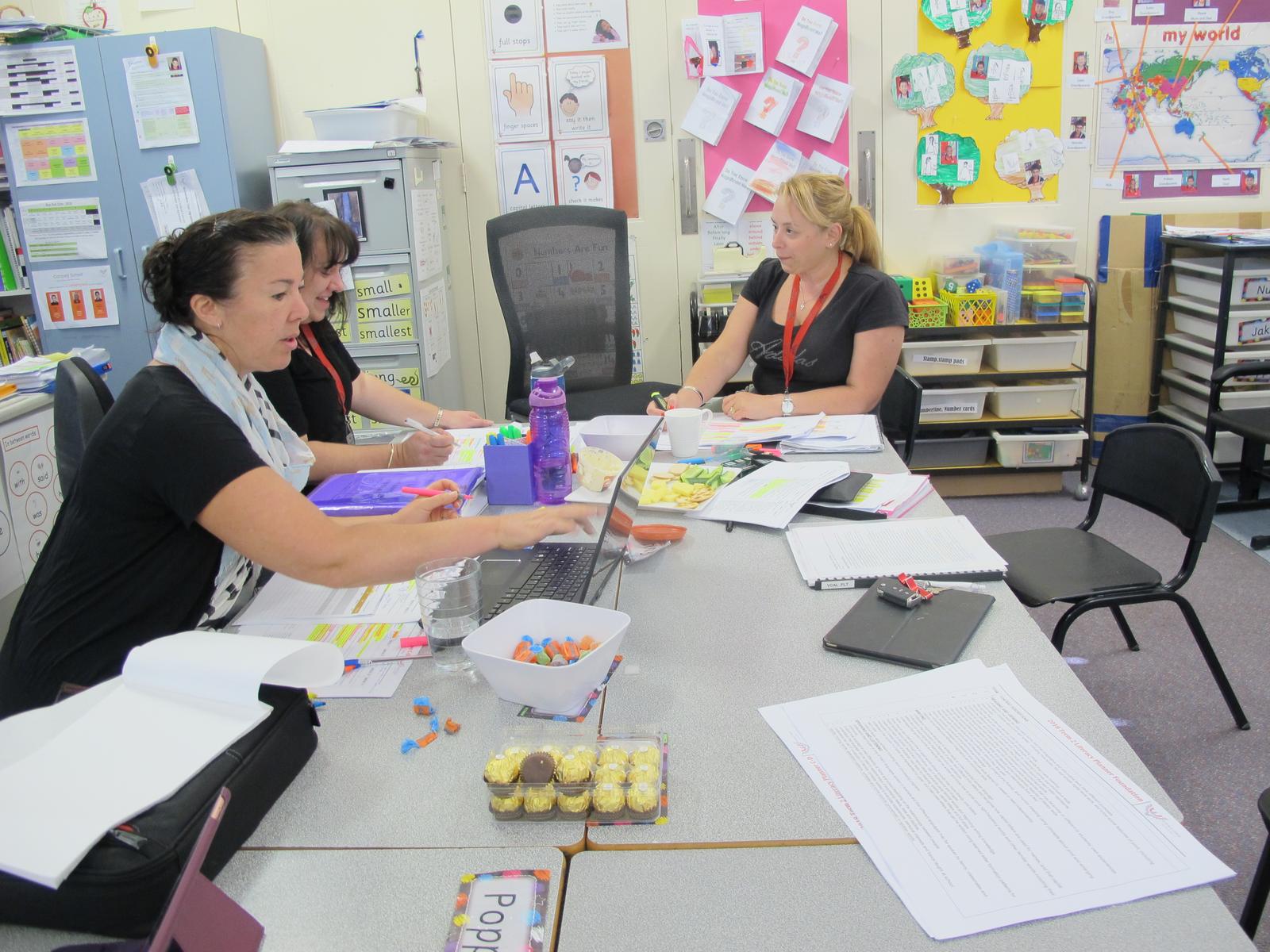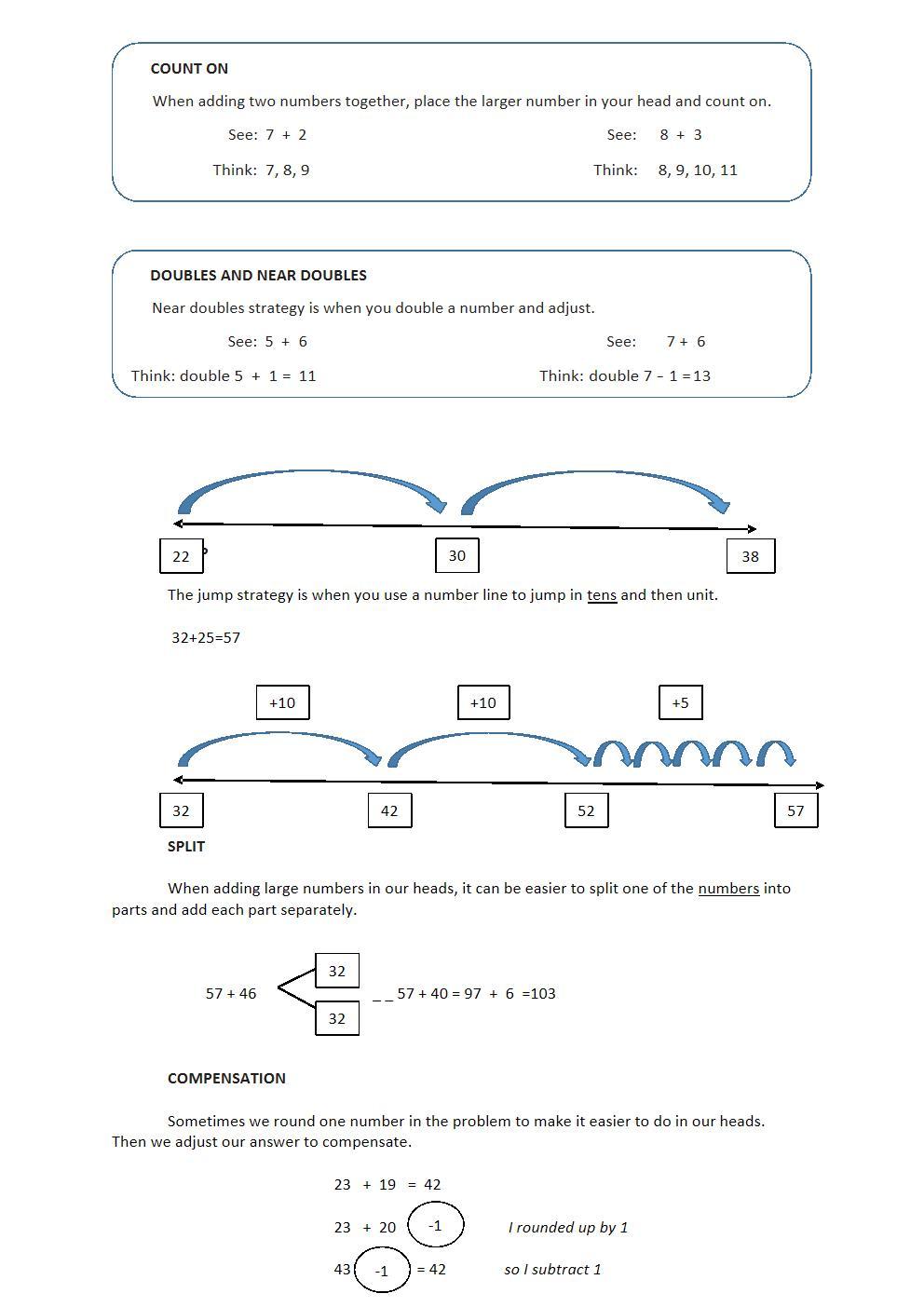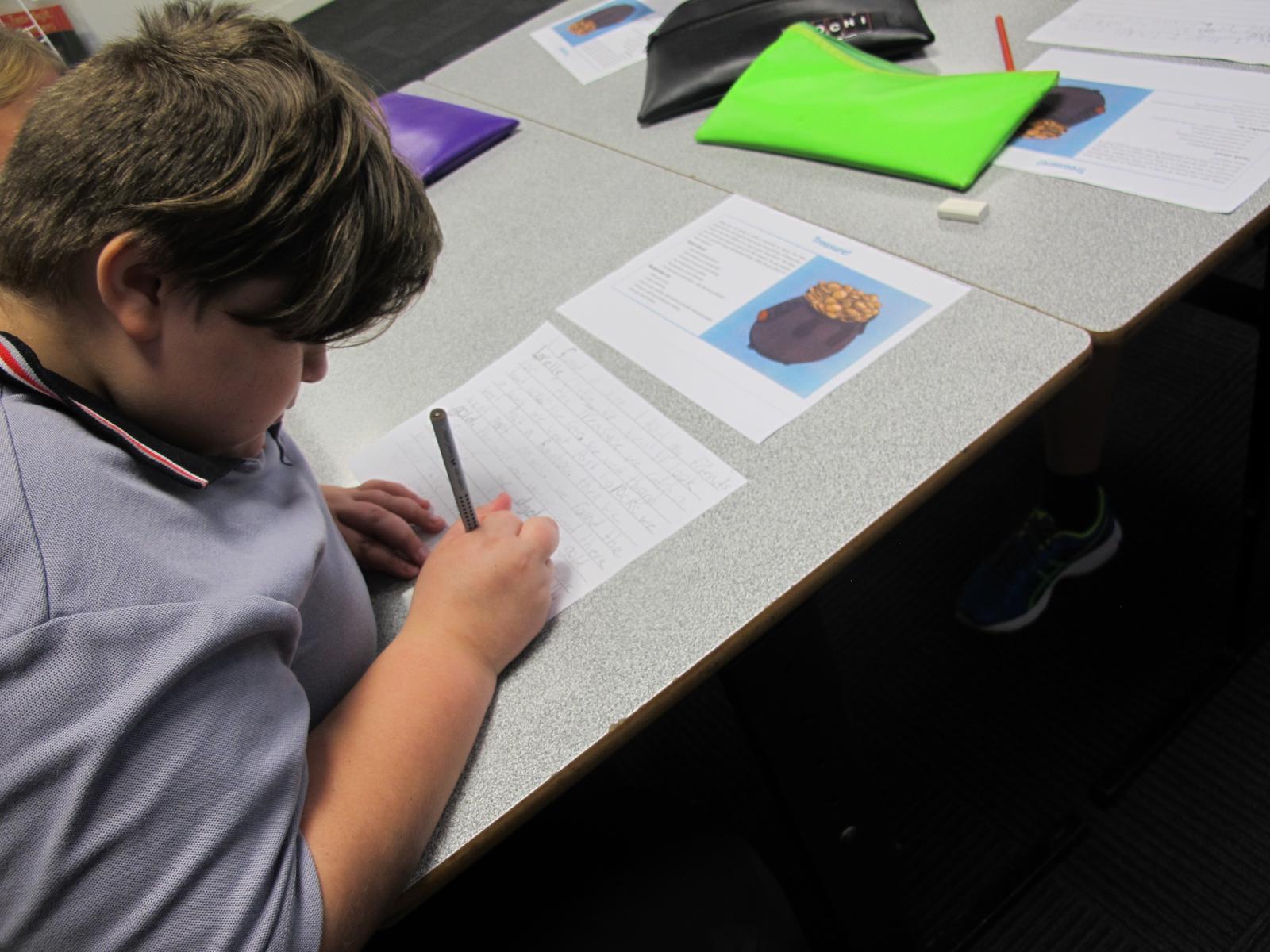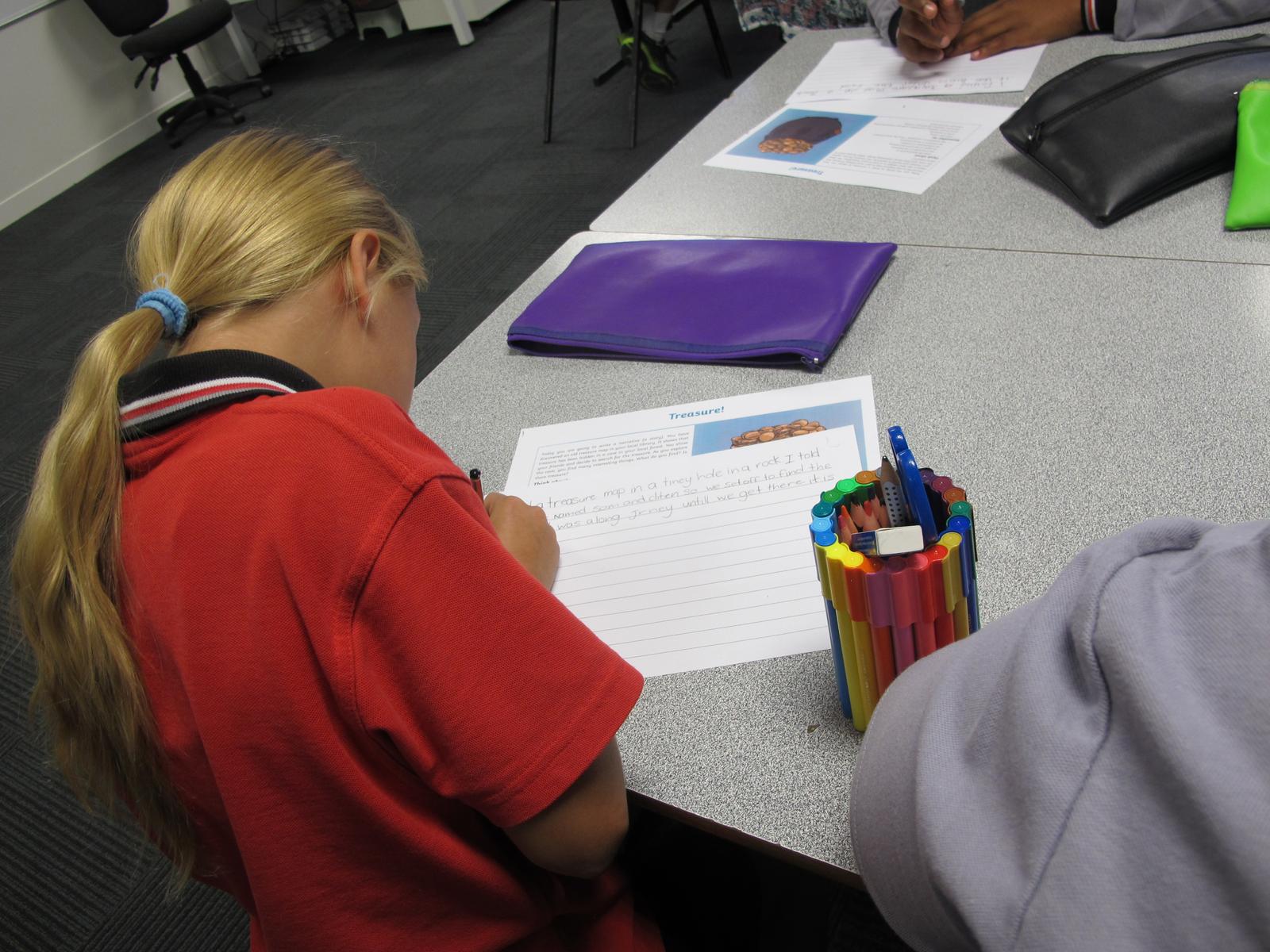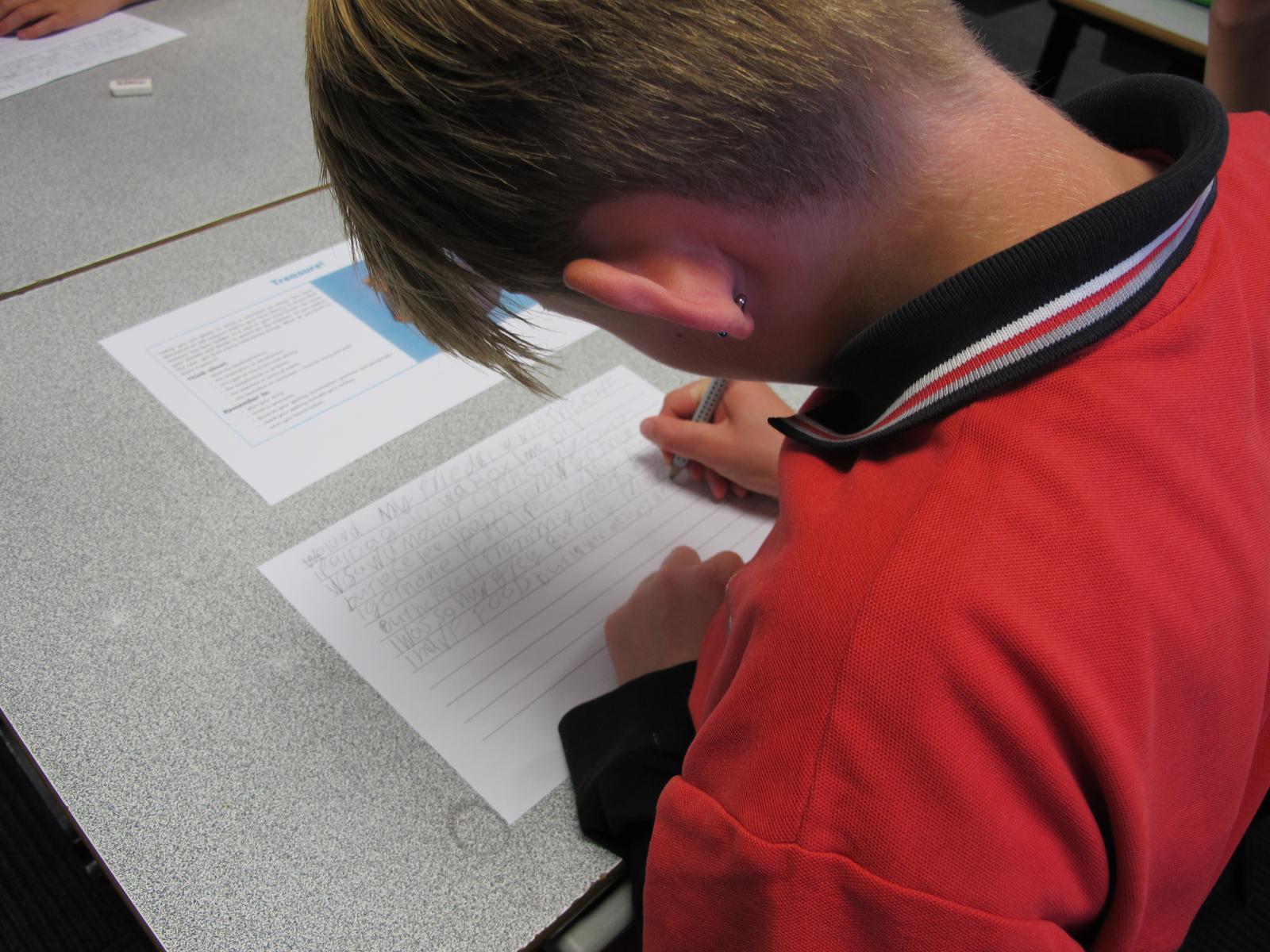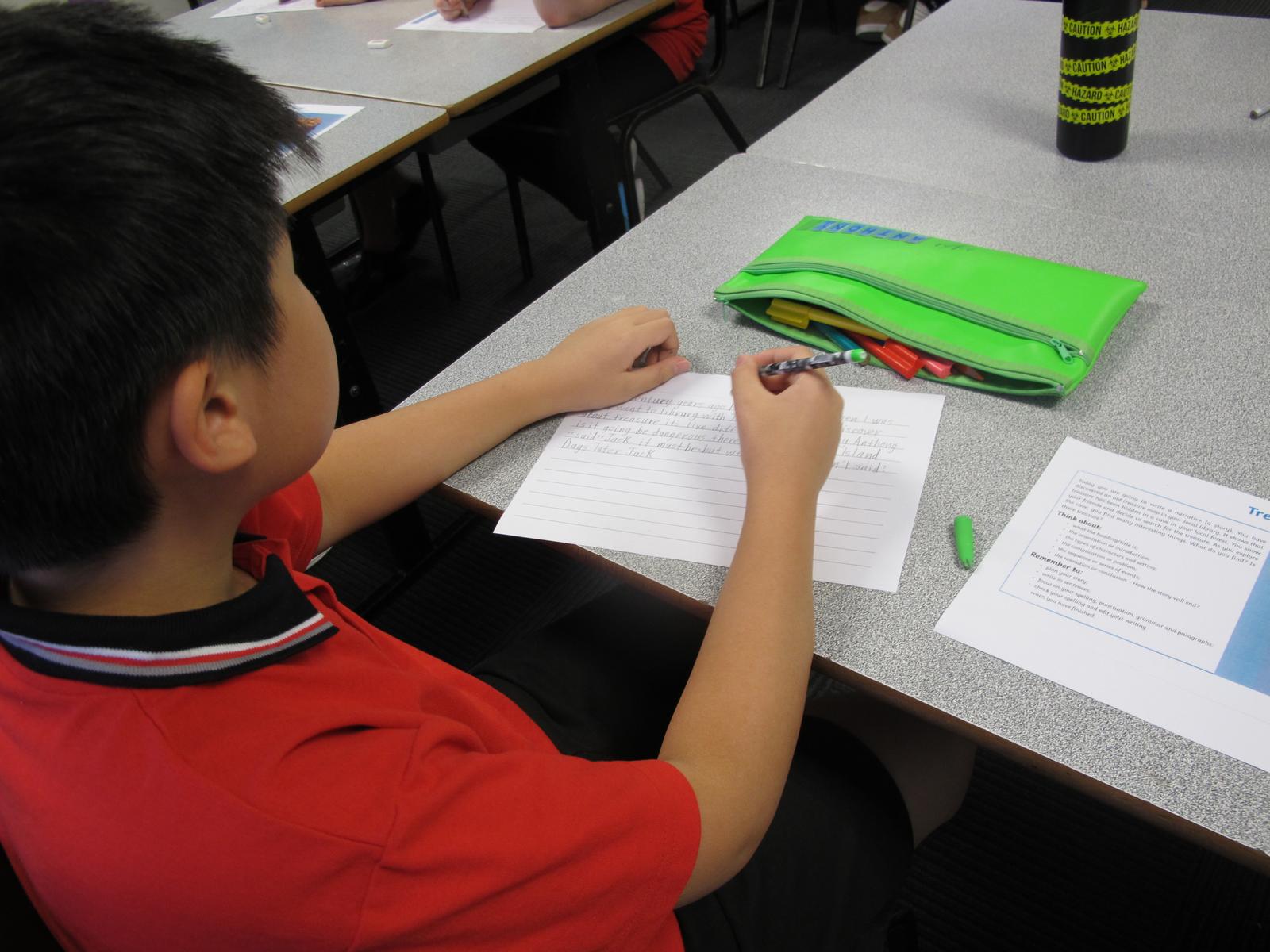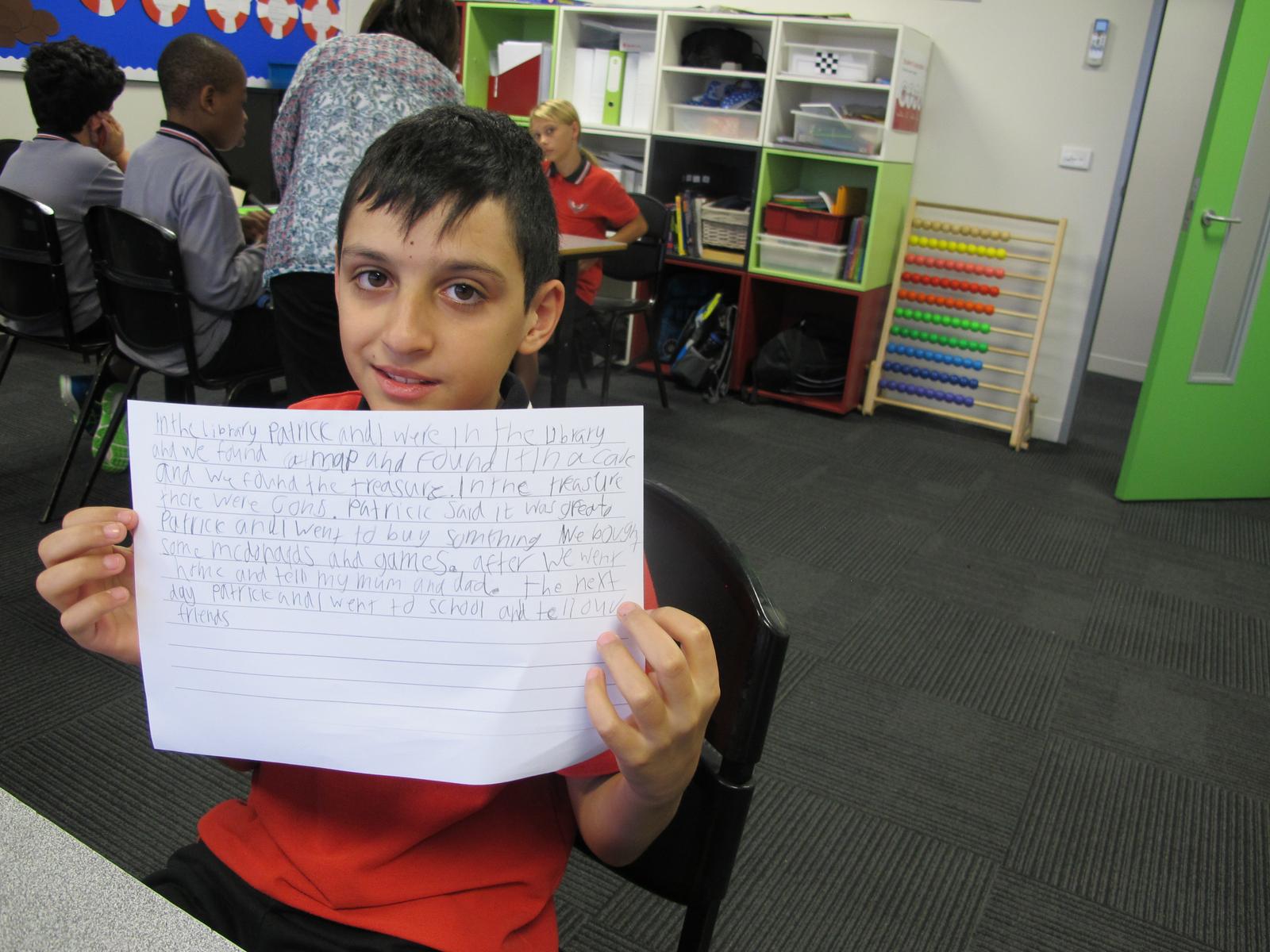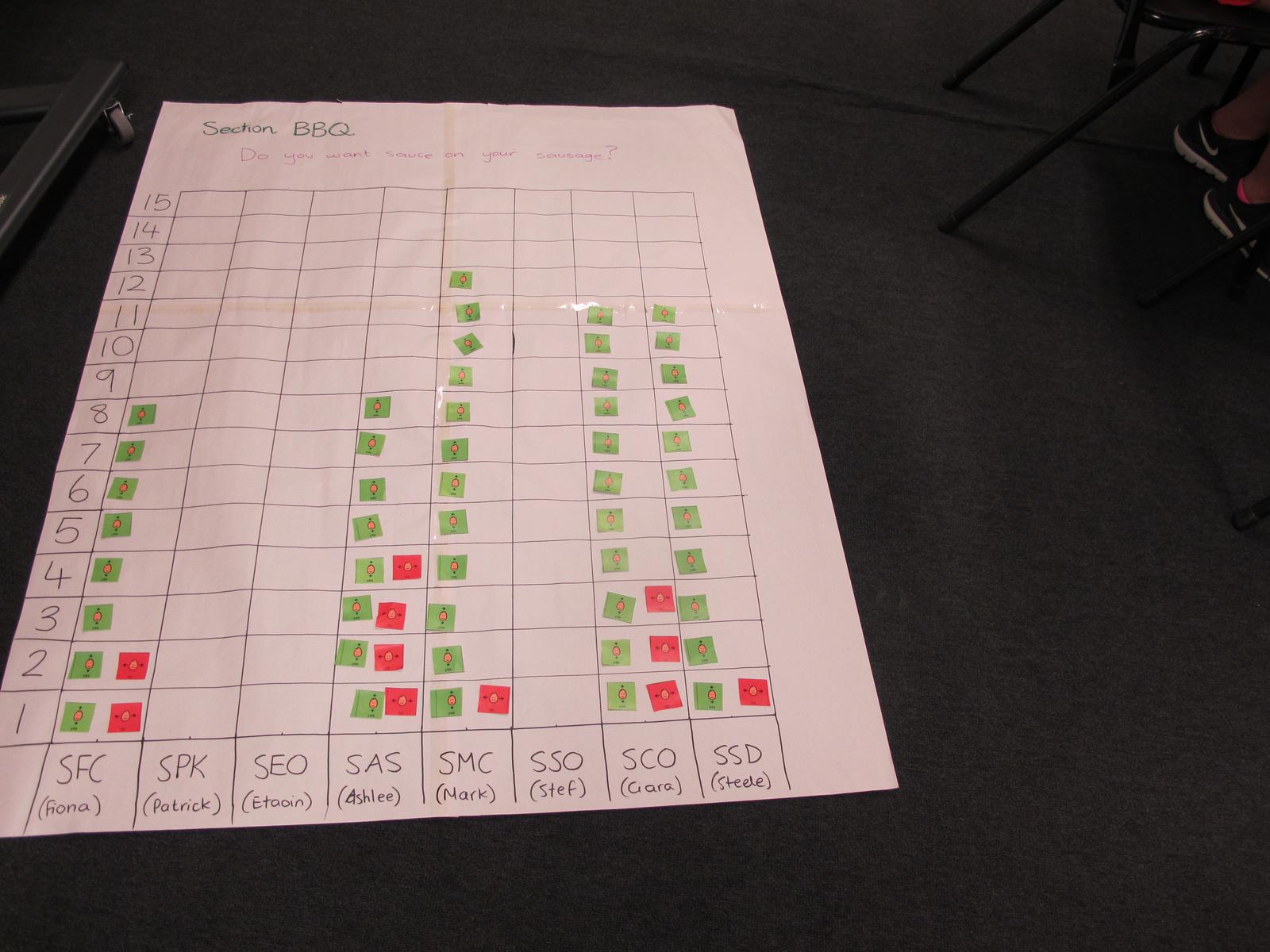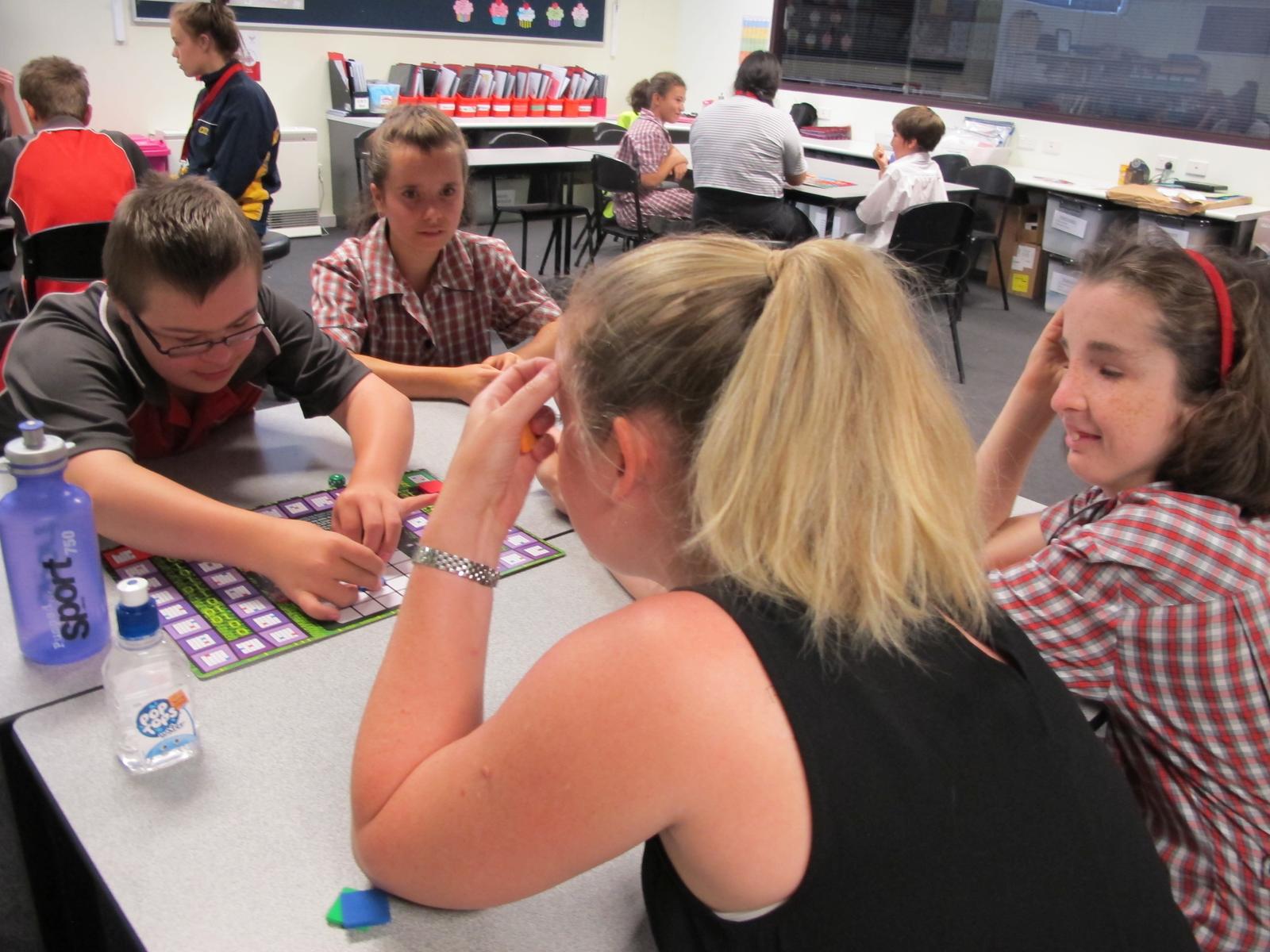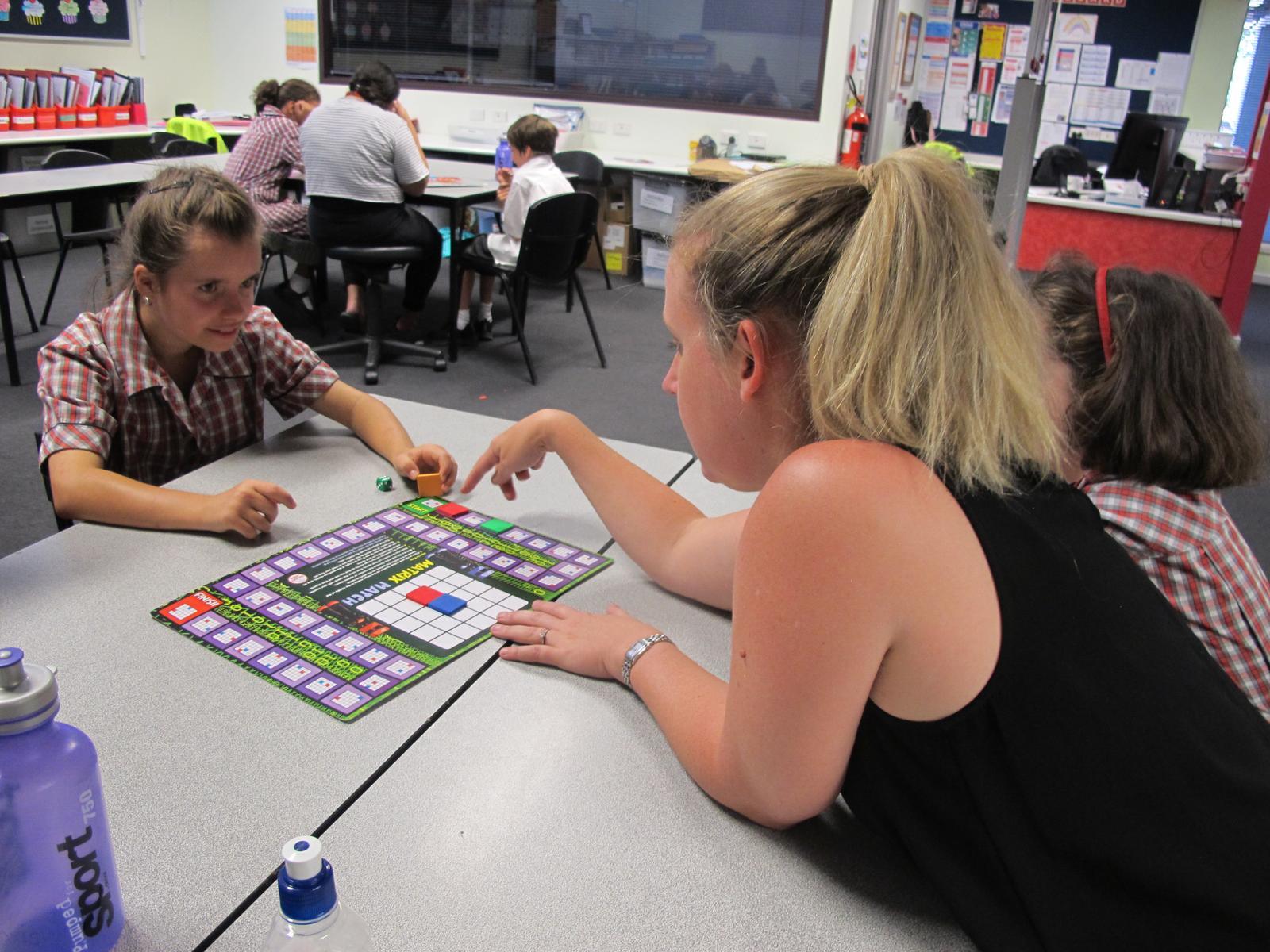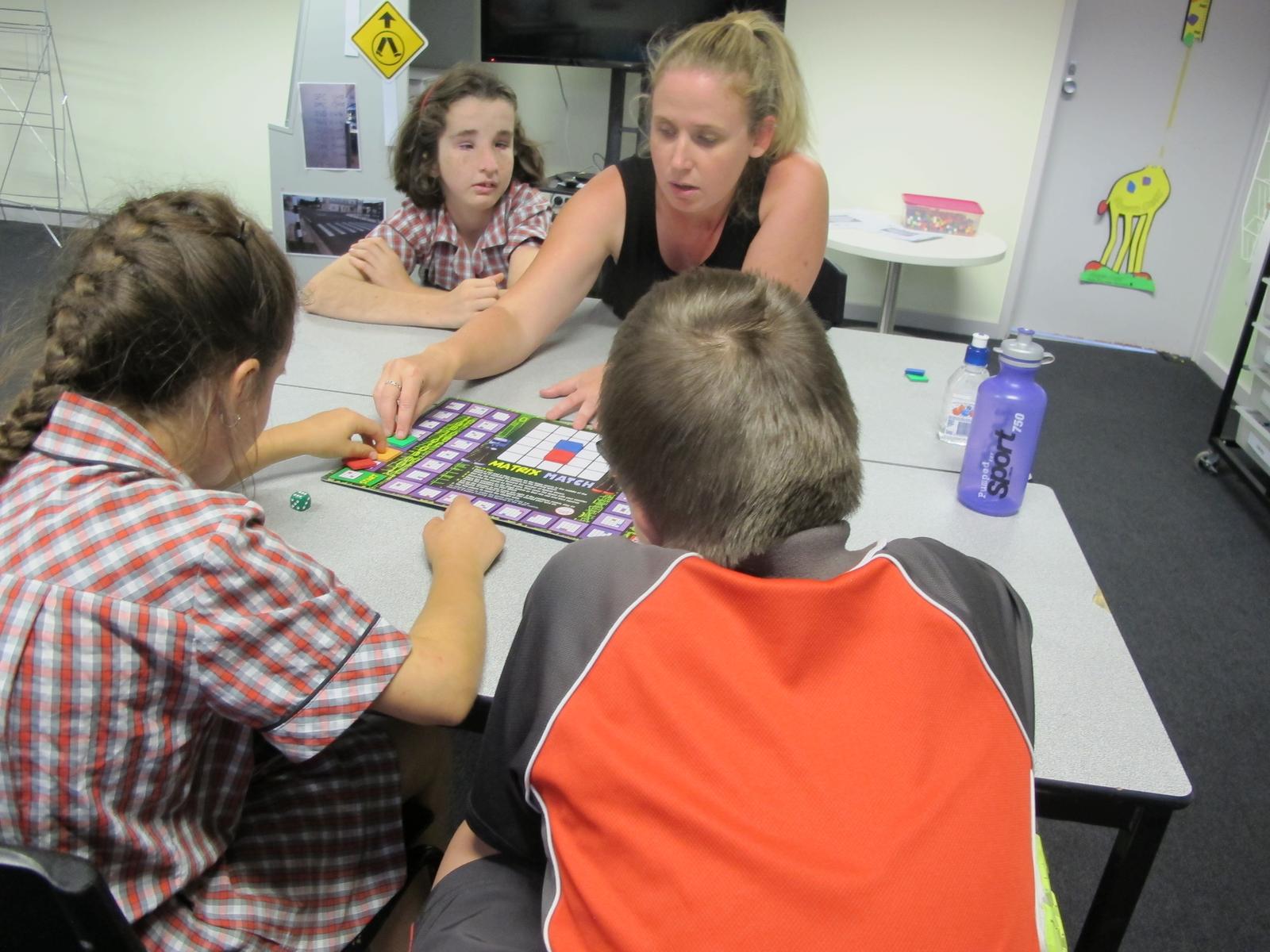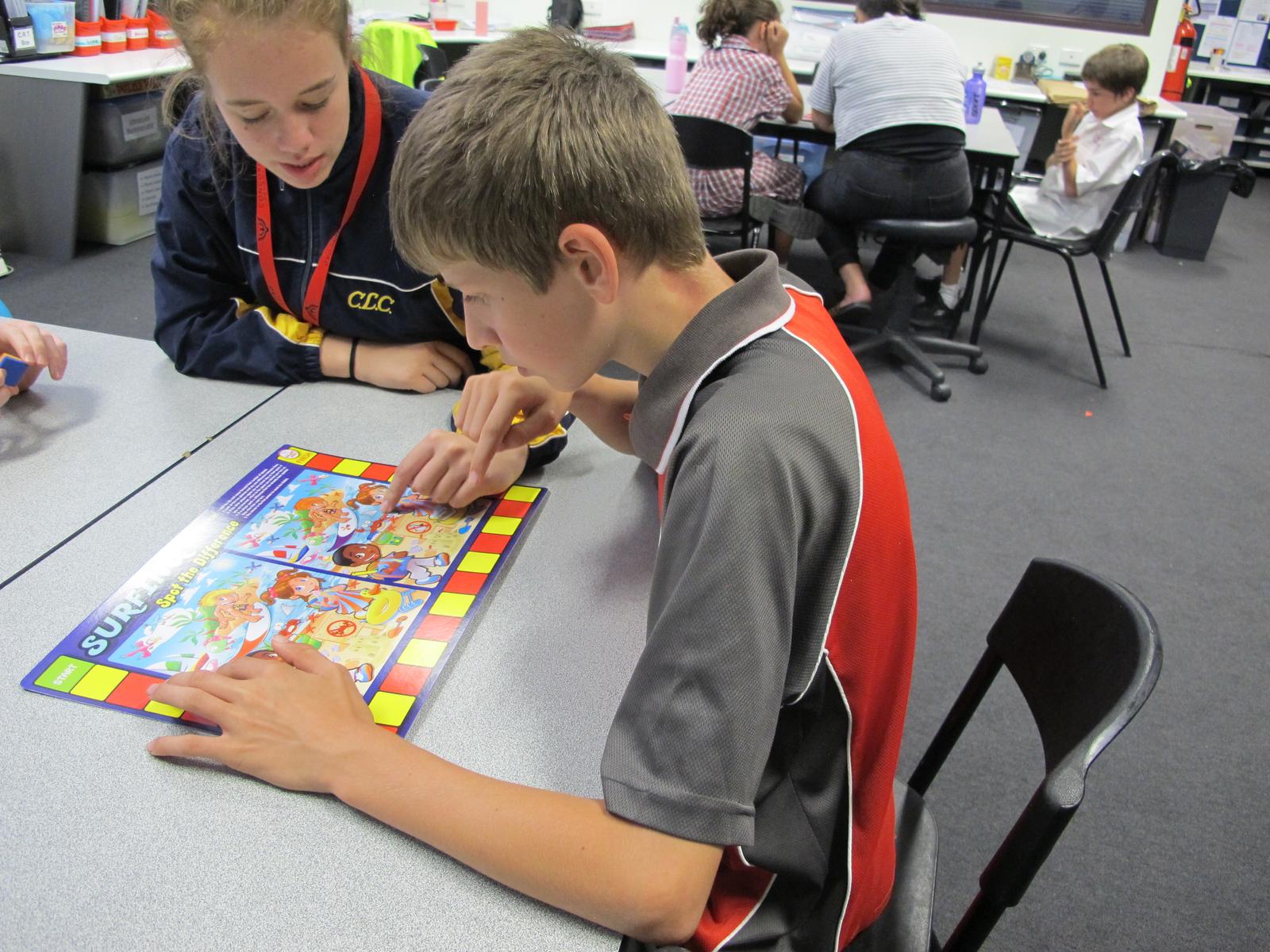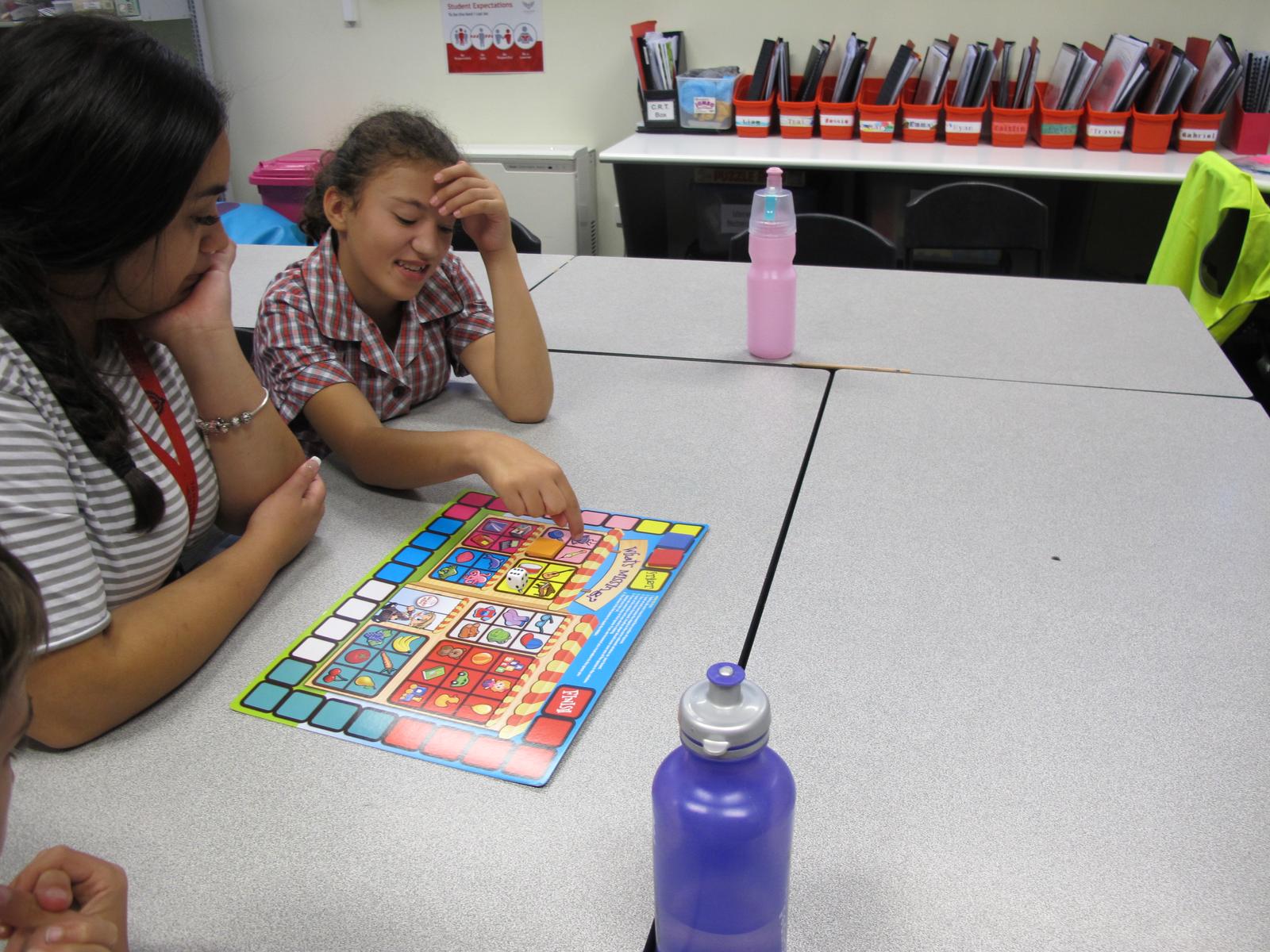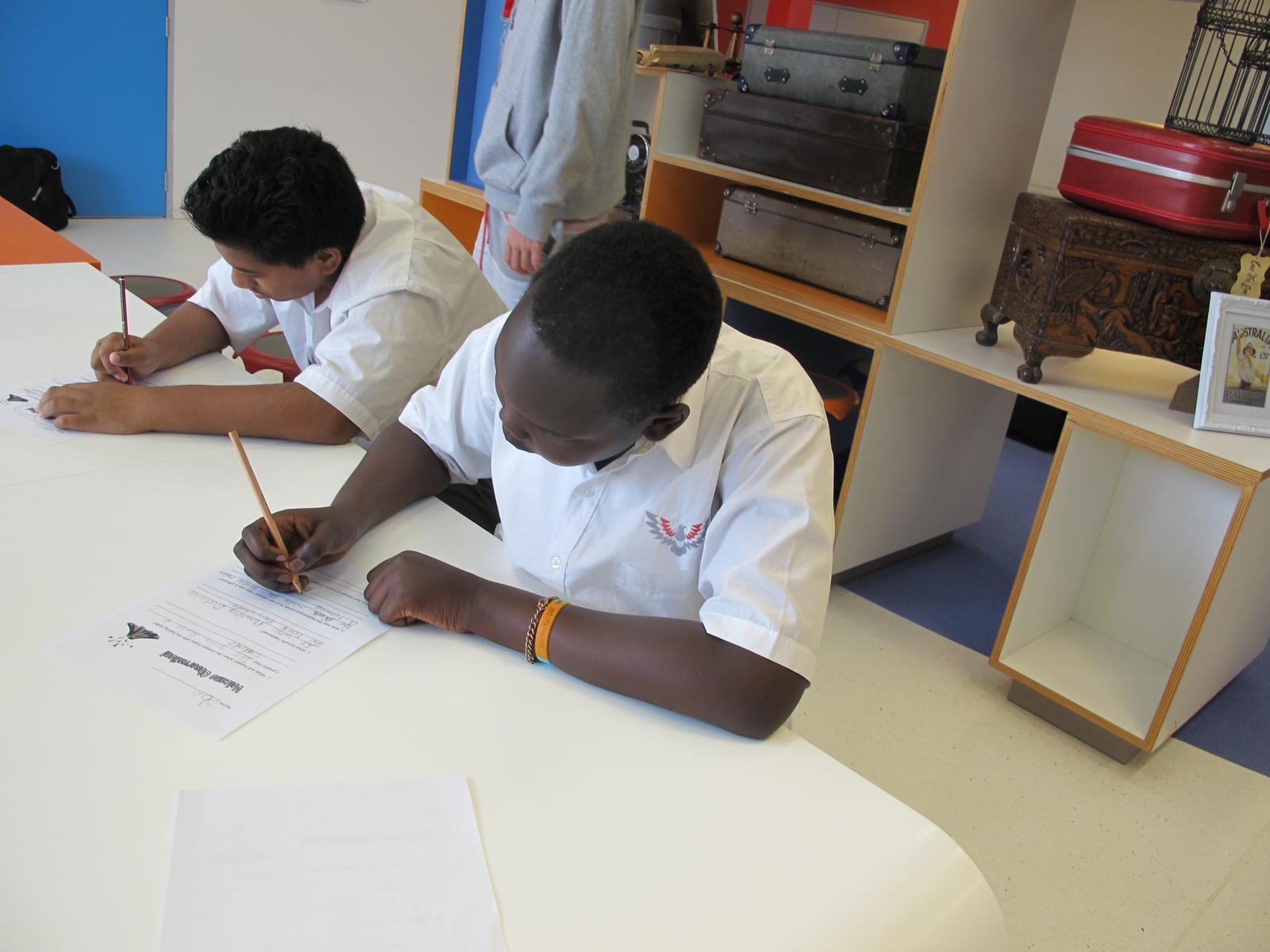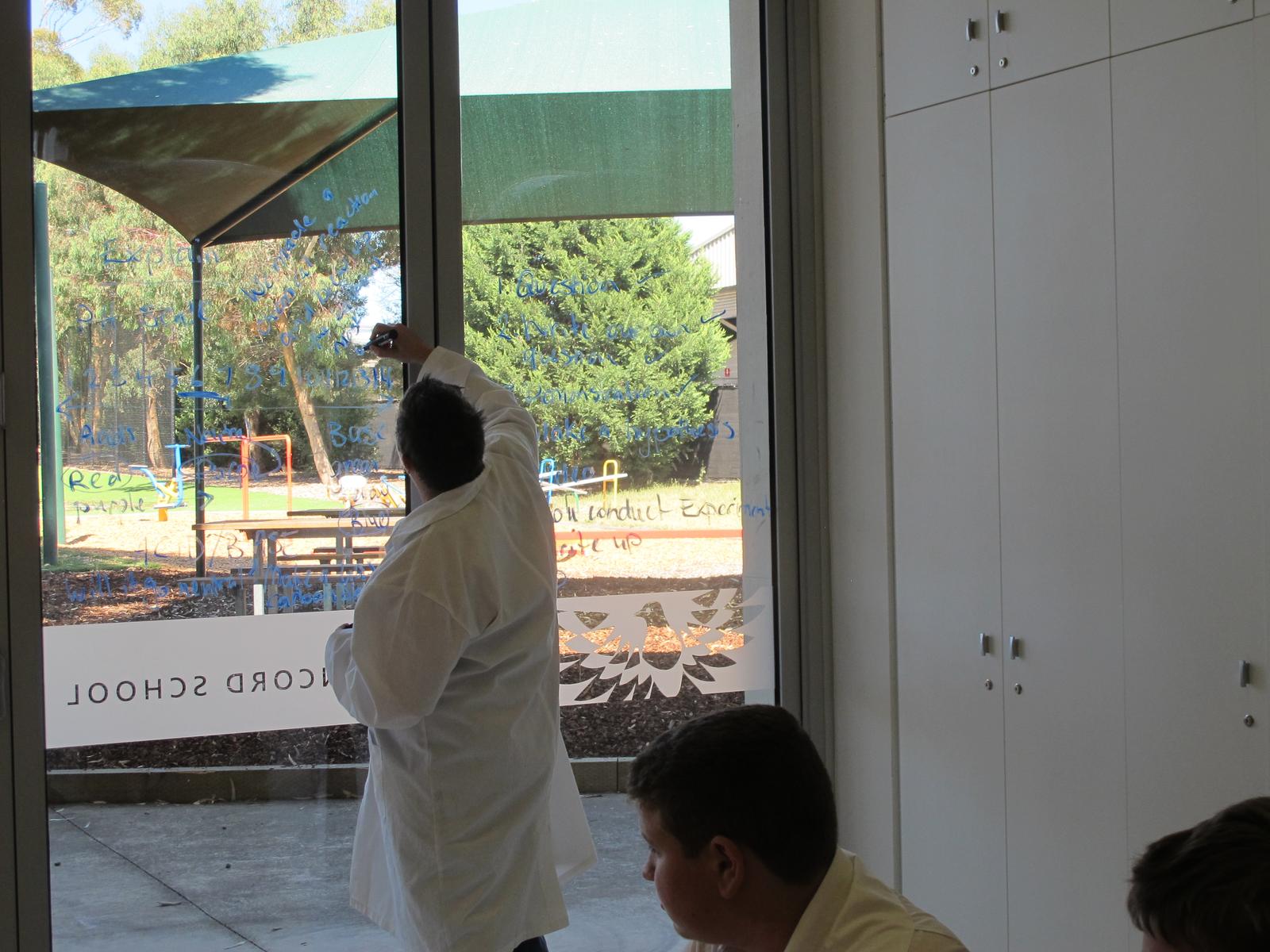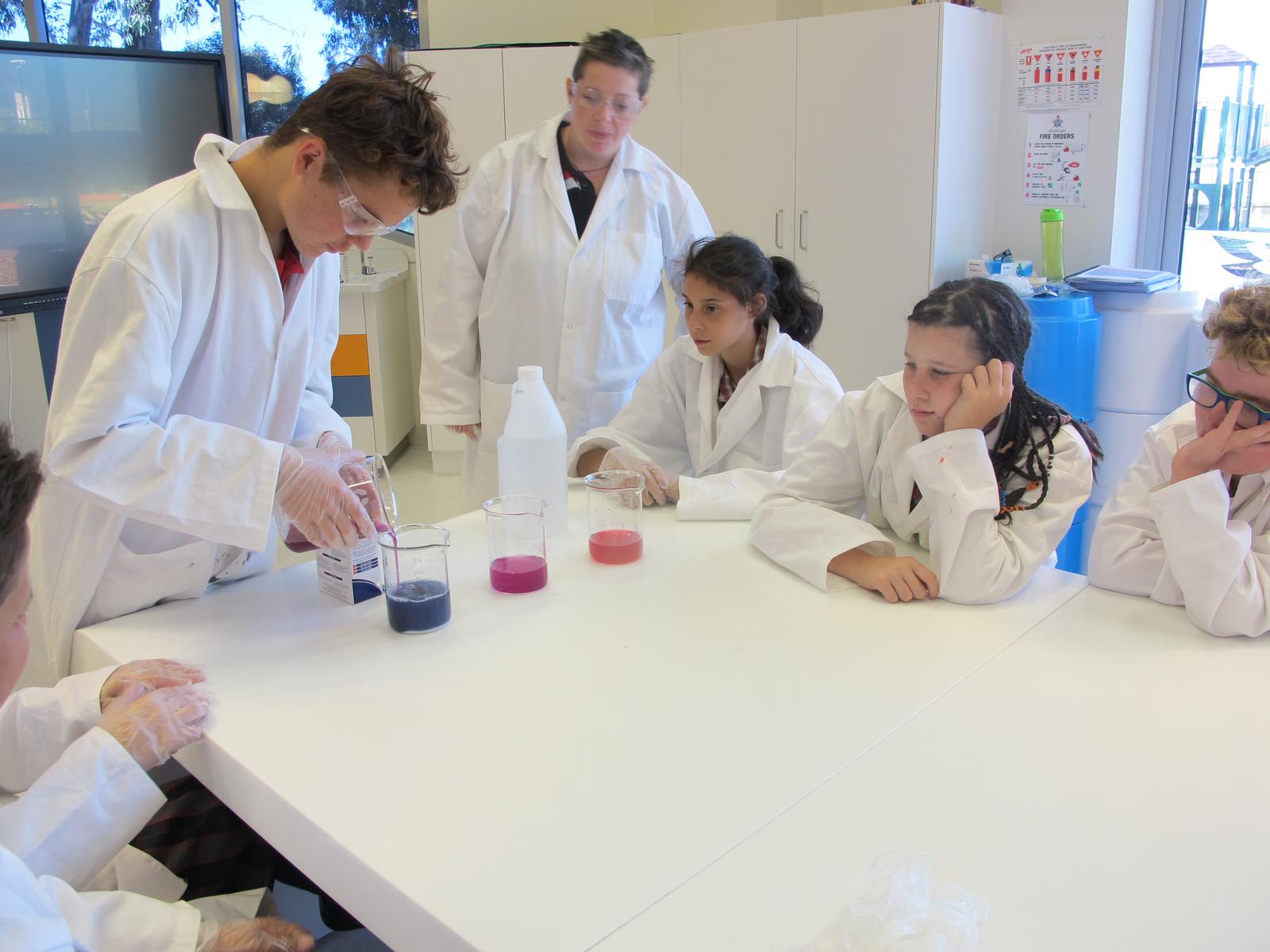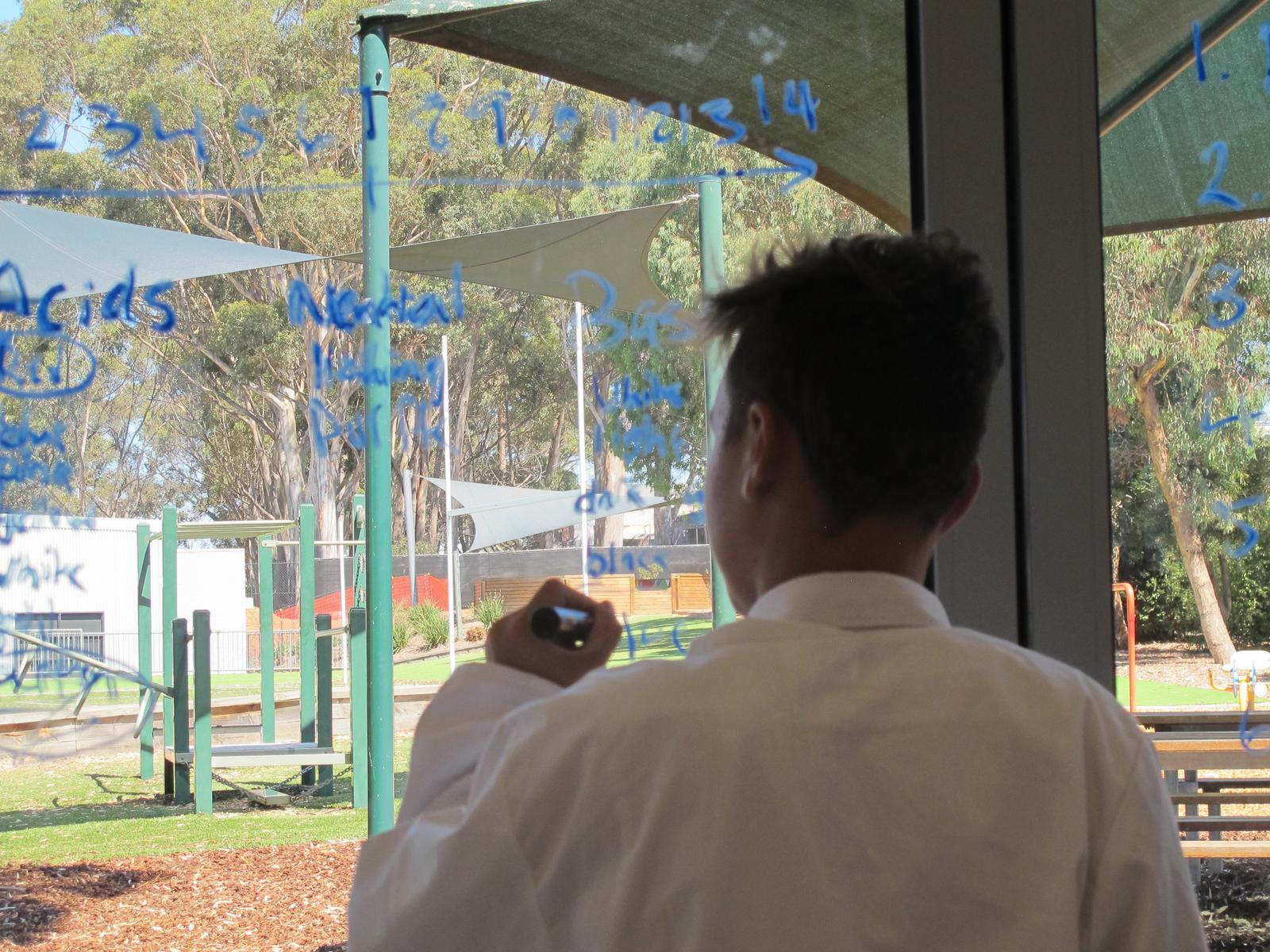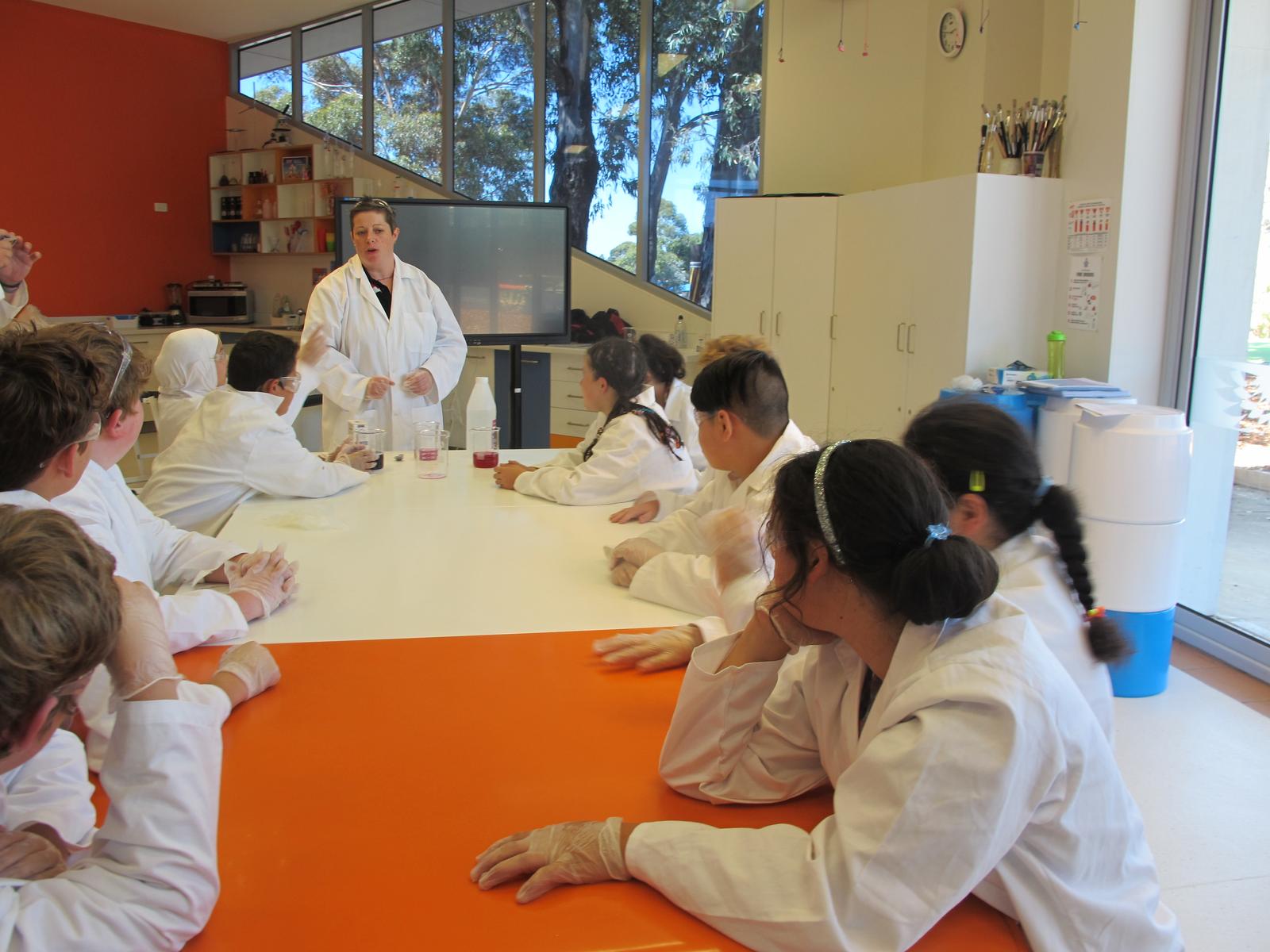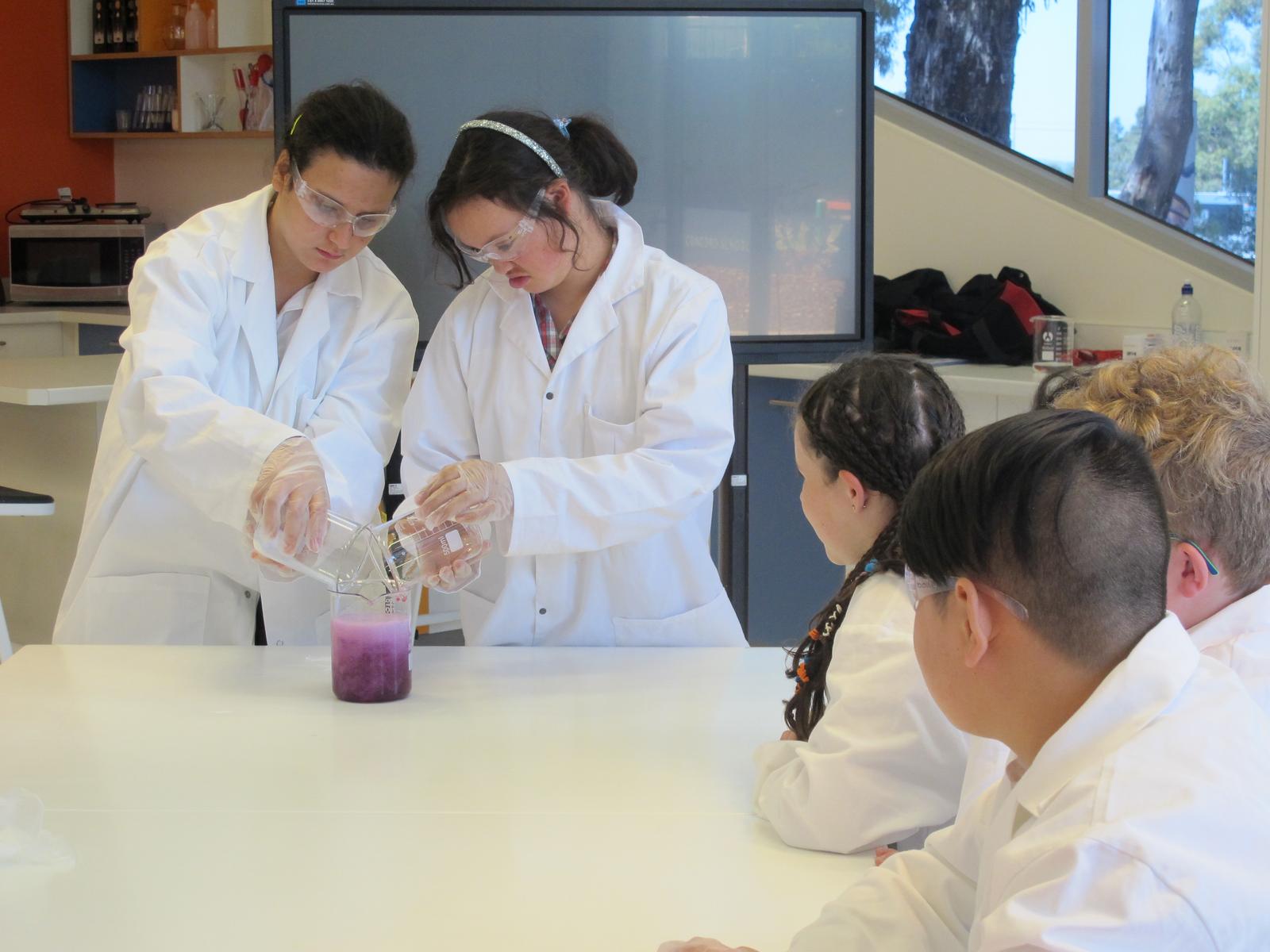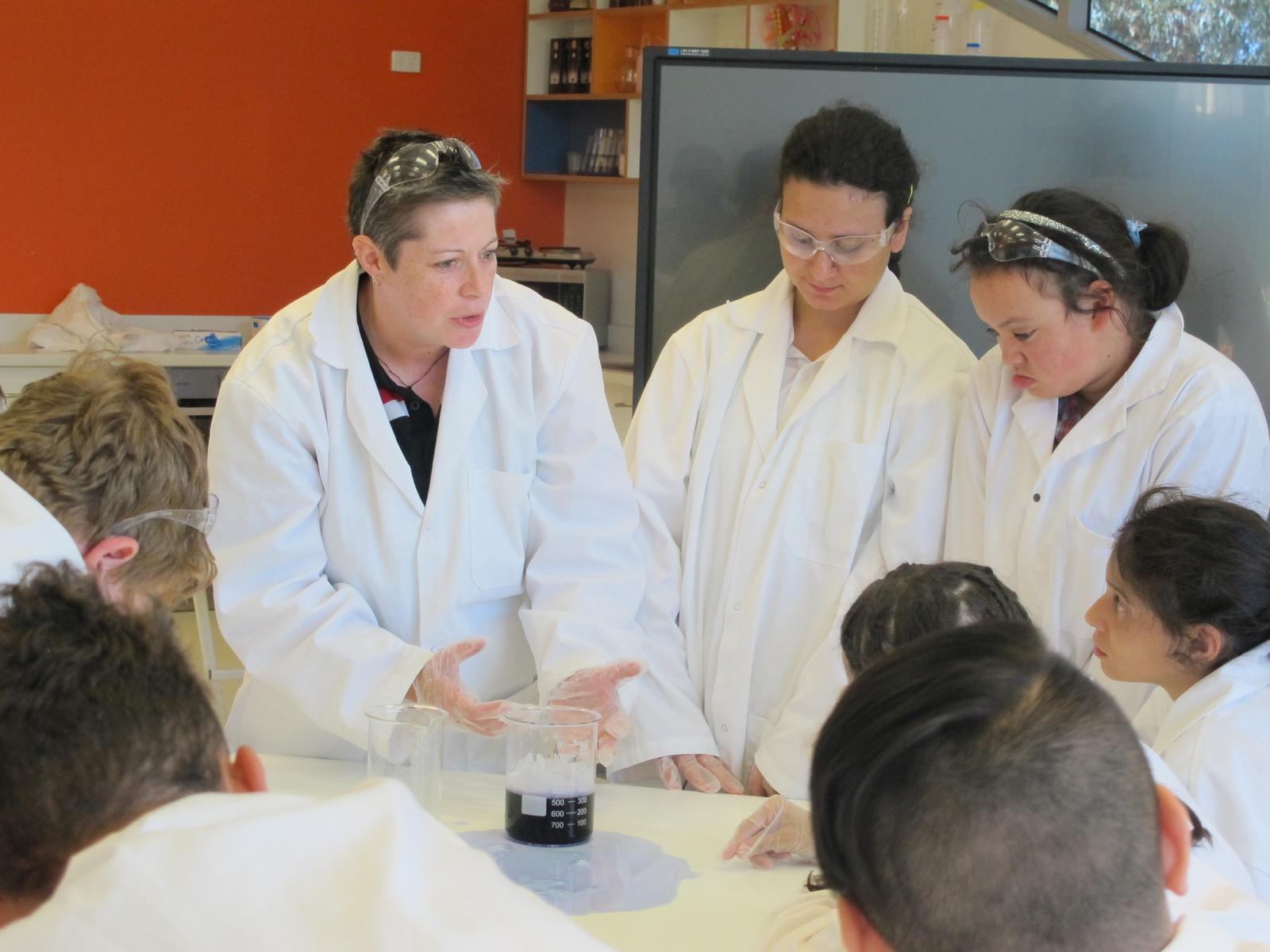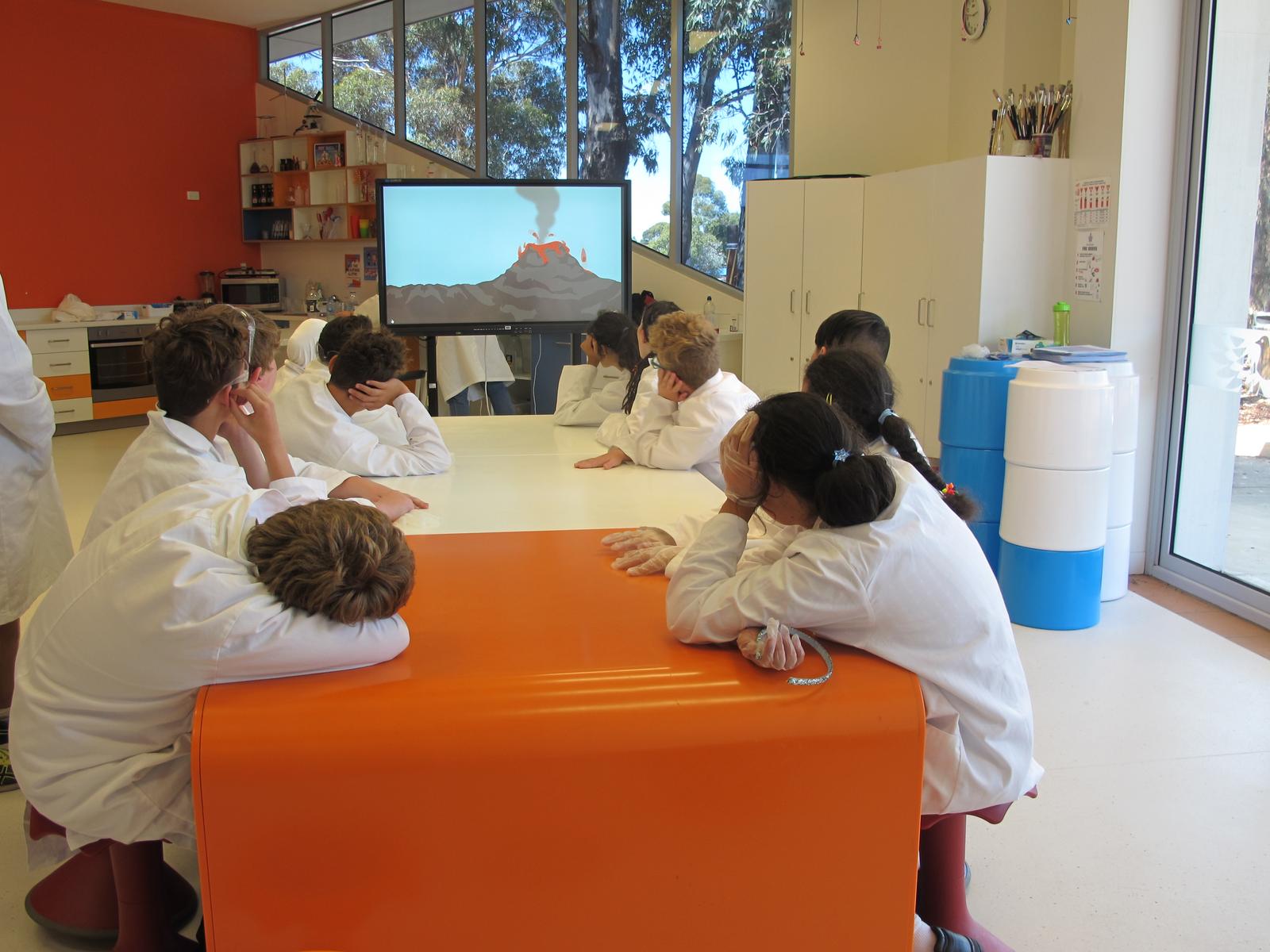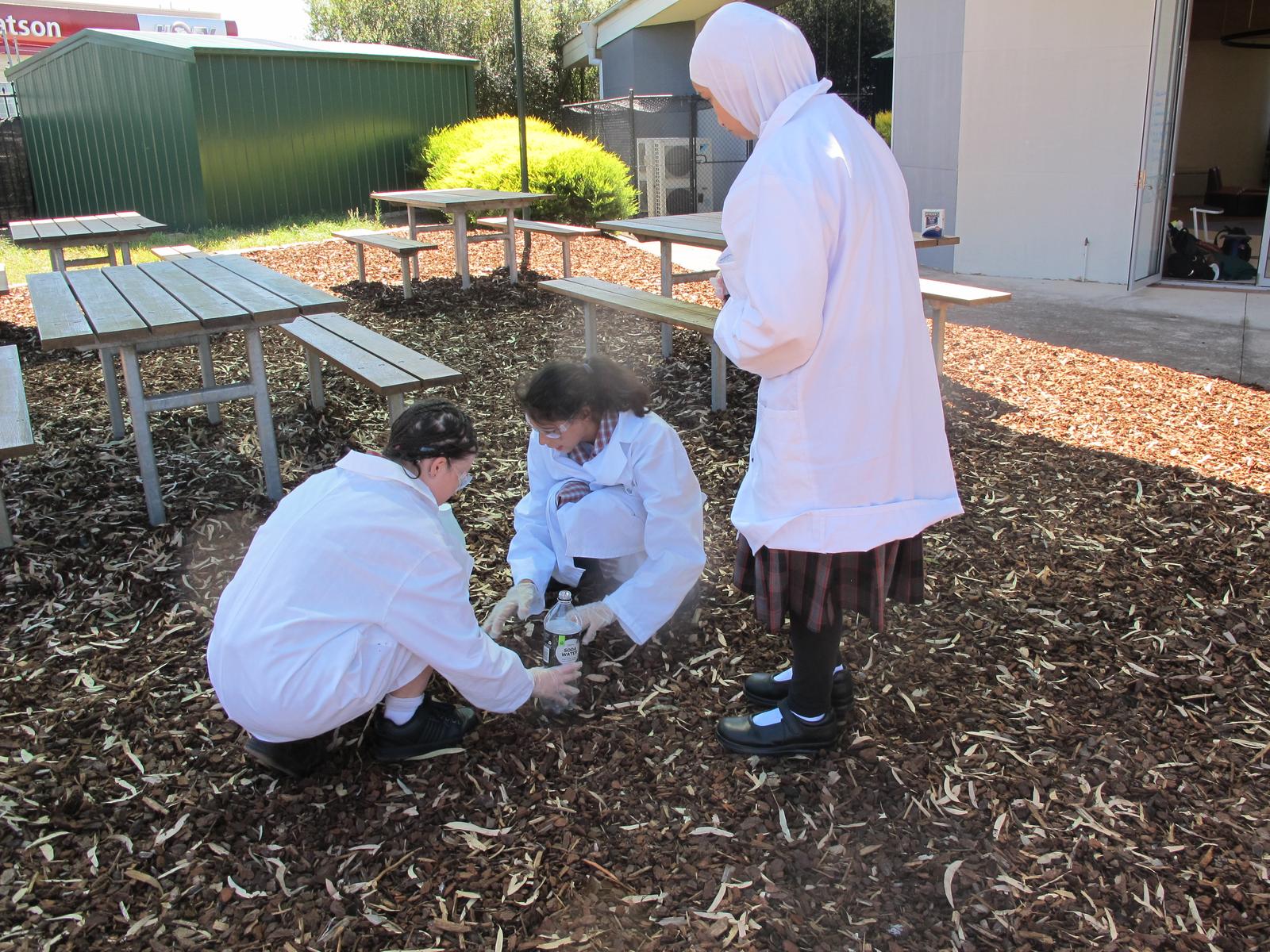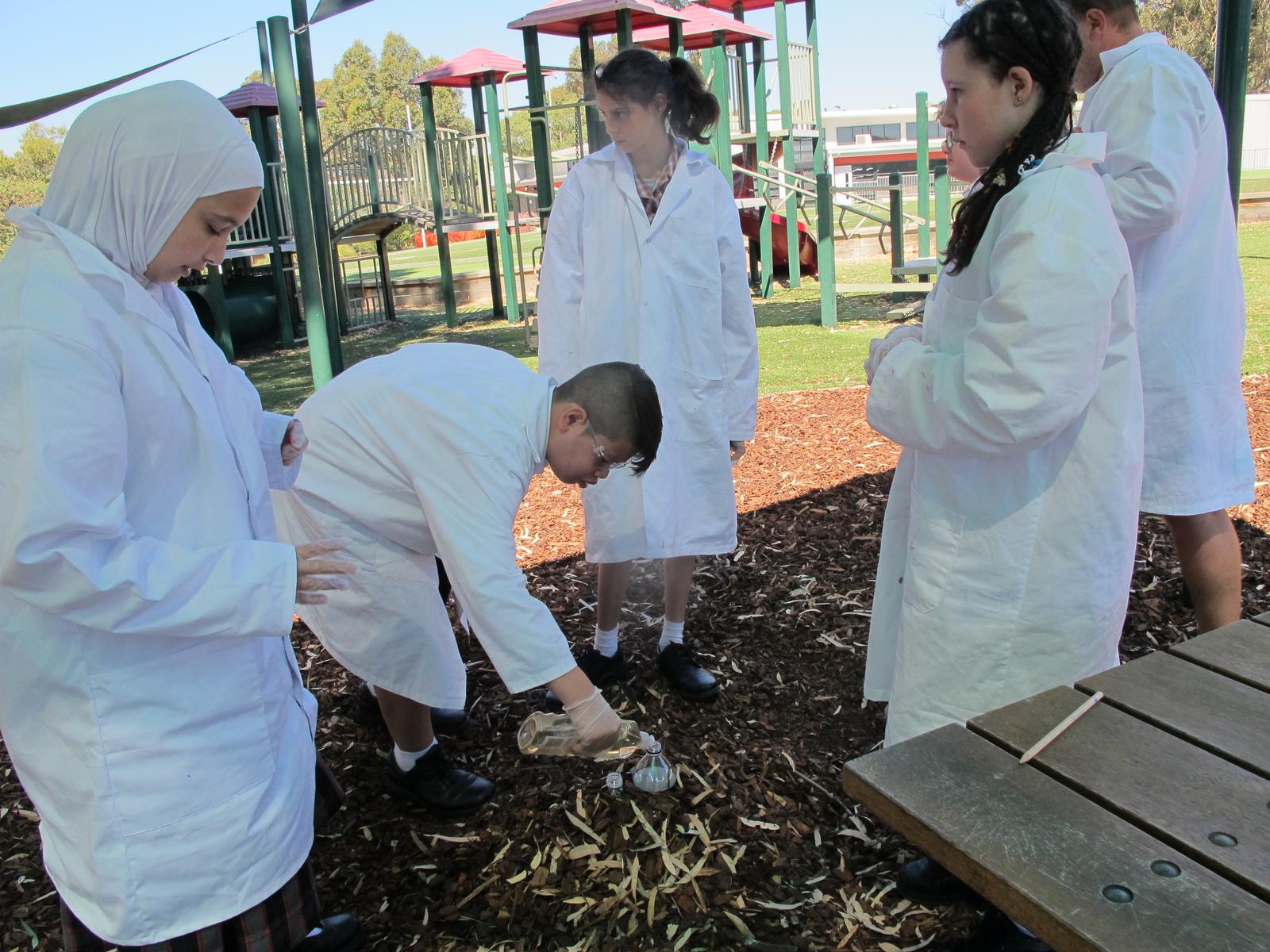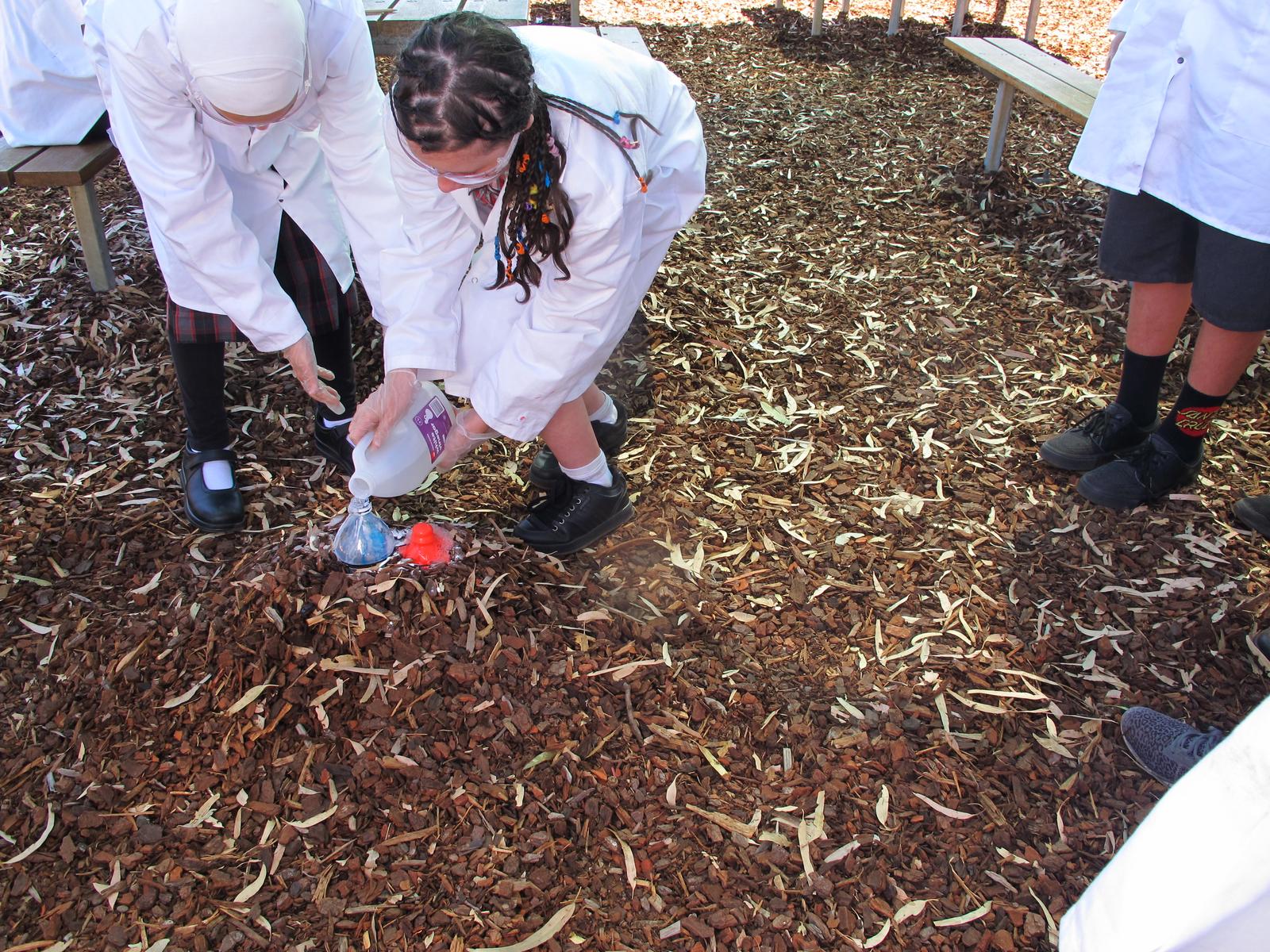Teaching and Learning
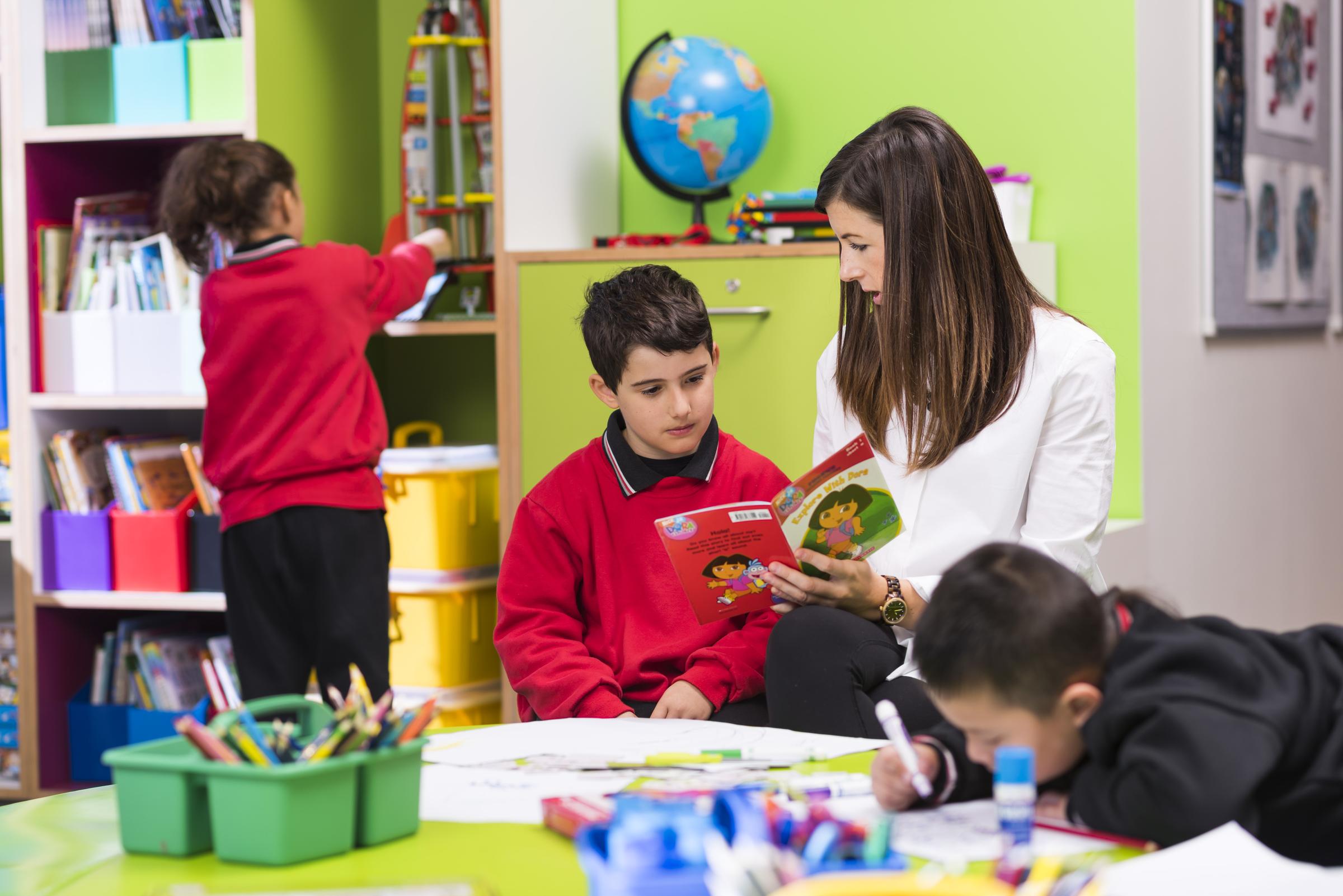
Teaching and Learning
An overview of what has been happening over the past 2 weeks and what to expect next term.
Teacher Professional Learning
Each week, across the school, teachers collaborate with their section teams on key aspects of program content and delivery in order to plan and implement a consistent and rigorous program of learning for students.
As well as joint planning our sections meet as Professional Learning Teams (PLTs) to collaboratively support colleagues to plan, implement and evaluate intervention plans for groups of students. The clear aim of this collaborative inquiry is to progress student learning outcomes and improve teacher instructional practice. Consistent with our Annual Implementation Plan the Foundation to Year 12 (F-12) PLTs are focusing on improving student literacy outcomes, specifically reading comprehension skills. Collectively our section PLTs are referred to as a Professional Learning Community (PLC).
Over the last few weeks classroom teachers have been mentored by their Instructional Leaders to interrogate student learning data and prepare a learning intervention plan that identifies the comprehension needs of a group of students. Individually, teachers have presented their plans at PLT meetings and received collective feedback on high reliability strategies and activities to meet student learning goals. Teachers have also reflected on their professional needs to achieve intervention success and selected a few PLC support options. These options range from peer observation, mentoring, coaching, professional learning, research and behavioural/allied health support (e.g. speech pathology, occupational therapy, student well-being).
Next term the inquiry cycle continues as teachers implement the agreed intervention in the classroom and undertake complementary PLC support options. The role of the Instructional leaders is pivotal in guiding teachers’ professional opportunities; undertaking the coaching and mentoring, timetabling peer observations and sourcing/presenting relevant research and professional learning to enhance their teams’ instructional practice. Again, with Instructional Leader support, teachers will analyse the learning evidence and prepare an intervention review presentation that critically reflects the dual impact on their professional practice and student learning. The formal PLC cycles of inquiry for the specialist and VCAL teachers start next term however these teams have been meeting regularly this term to prepare and refine their curriculum documentation and collaborative protocols and procedures.
Our Professional Learning Community also includes our collegiate network of Nillumbik and Banyule schools. Each term the school leaders plan a Community of Practice professional learning afternoon where teachers from the different network schools interact in best practice learning workshops. Teachers at Concord School regularly volunteer their instructional knowledge and host these workshops. We are looking forward to engaging in next terms’ Community of Practice opportunities. The PLC model supports teachers to improve their expertise through high impact professional learning- learning that is targeted, collaborative, improvement focused and part of a cycle of inquiry.
Planning for Learning
At Concord School we work hard to build effective teamwork and improve practice excellence. Each term sections are allocated a shared learning day, towards the end of term, to audit the terms’ teaching and learning and plan for the next terms’ curriculum. ‘Planning Week’ this term kicks off on Monday March 19th. During this week students have one day when their class teacher jointly plans with their team and the students have specialist instruction.
On planning day teams reflect on student progress as they examine, plan and organize the new terms’ curriculum content. Teams take collective responsibility for student growth. They sequence the learning opportunities to scaffold student understanding and build student confidence and engagement. Using consistent curriculum planners, teams support each other to document their planning programs and strategies for all areas of the curriculum. Throughout next term, teachers will use the common planning documents to develop more detailed and differentiated weekly programs. Each week teams will use a common research based planner (i.e. reflecting the Concord Lesson Model) to collaboratively elaborate on high impact strategies and activities to meet the students’ point of need.
During planning days leaders often further build their team’s curriculum content knowledge by sourcing and work-shopping relevant best practice curriculum research and materials. This term leaders are supporting teacher knowledge of reading comprehension strategies. They are using cutting edge strategies to analyse student reading behaviours and applying effective guided reading prompts to expand student meaning making capabilities. .
Mathematics
Students across the school have had 5 weeks of intensive instruction on Place Value. They have continued to count, recognise, make, model and order numbers using a range of concrete materials and hands on activities involving numbers from zero to hundreds of thousands. They have also worked on numbers written in words, standard form (284) and expanded form (200+80+4) to develop their understanding of the different value a digit can have depending on where it is placed in a number.
The focus on Place Value instruction is significant as this underpins all of the learning we will do in all other areas of Number and Algebra this year. In the next week students’ knowledge of Place Value will be reviewed through a Common Assessment Task. Students will be instructed to demonstrate all they know about a particular number. They will be encouraged to name, make and record a number. They will be asked to model the number in multiple ways (e.g. using materials and/or a number line to demonstrate part, part whole and Place Value knowledge). Teachers will carefully record and annotate the assessments and will moderate in teams on the students’ learning evidence. They will link the evidence to the curriculum to track student growth. In teams, teachers will look at patterns of strength and weakness in the cohort results and reflect critically on their teaching practice to determine further Place Value goals for individual students for the year.
Next term the first Number and Algebra content focus for Mathematics is ‘Addition’. It is not always about getting the “answer” but understanding that addition means combining objects or numbers and that the quantity is bigger. Initially teachers will be looking at more or larger as concepts and this will graduate to solving addition equations of one to five digit whole numbers to two decimal places using efficient strategies. Most activities will be supported by concrete materials so students can manipulate them to develop their understanding of addition.
For students to gain confidence with addition they need to develop a range of efficient strategies that are based on number relationships and reasoning. Examples of efficient strategies for addition include:
You can help your children with grasping addition strategies by giving them authentic reasons to add e.g. verbal action stories that involve joining- I have 3 corn cobs here and 2 more for dinner how many is that altogether? Help them solve addition problems using count on from the largest number as a strategy for example 4 plus 3. Put the 4 in your head and count on- 5,6,7. Alternatively, assist them solve the same addition problem using doubles and near doubles as a strategy. Demonstrate ‘Think Aloud’ I know 4 + 4 is 8 so 4 + 3 is one less than 8 which is 7. Next term, find out the current addition strategies the class and/or group is practising and reinforce those at home. It always best to consolidate the simpler strategies before launching into the more complex reasoning strategies.
For the first 6 weeks of term 2 students will be studying ‘time’. The content covered varies according to the students’ point of need and may include the following sequence:
- identifying events that take place at different stages of the day
- identifying days of the week in sequence
- comparing and ordering the duration of events
- connecting days of the week to familiar events and actions
- telling the time to the half hour
- describing duration using months, weeks, days and hours
- telling time to the quarter-hour, using the language of 'past' and 'to'
- naming and ordering months and seasons
- using a calendar to identify the date and determine the number of days in each month
- telling time to the minute and knowing basic units of time; 60 minutes in an hour, 60 seconds in a minute etc.
- using am and pm to solve simple time problems and
- converting between units of time and calculating duration
You can assist your children with learning about time by including them in conversations about: what they are doing during the day, the length of programs/cooking times and how to read the clocks on various devices. In the holidays engage children in planning an outing that involves looking up travel and event timetables and scheduling the day’s events
Literacy
In reading next term, for the first four weeks, students will revisit effective comprehension strategies. They will be working intensively on developing key strategies to support their understanding of texts. At the start of each reading session students will be orientated to the text; they will explore images, words and phrases, make predictions and use prior knowledge to make connections with the text.
Teachers will structure modelled, guided and independent reading comprehension experiences each week to build students’ literal, inferential and evaluative skills. Literal strategies will range from reading pictures, sequencing text and retelling stories to summarising, checking for understanding and asking questions. Inferential skills may include; making connections with text, predicting and visualising, inferring and comparing and contrasting. Finally, evaluative strategies challenge students to critique text and think deeply about the author’s purpose. All students will be working through these elements of comprehension at their point of need.
Throughout the reading of the text students will be strategically prompted to ensure that they are able to follow and understand what is being said and/or inferred. As students’ mature, they will be guided to self-monitor their comprehension skills and reflect more on the author’s craft and form opinions about the text.
You can help your child with their comprehension strategies by asking them a range of questions about what they have read or viewed at home. Ask questions that encourage your children to talk about what they have read and that demonstrate their reading strategies. Questions such as: What was your favourite part? Tell me about the characters. What do you think will happen next? Where did the story take place? What do like/ dislike about this book? Show me where that event took place? How do you know the boy was happy/worried? I wonder what would have happened if……?
Spending quality time with your child reading books, newspapers, magazines, comics, music lyrics, poetry, junk mail, and accessing information on the Internet will create a purpose and interest in reading for pleasure. Don’t forget to read aloud what makes you laugh and share it with your child.
In writing next term, the focus turns again to narrative genre. A narrative tells an imaginative and/or a real story. Many classes will creatively relate their writing content to their integrated learning. Students will examine the elements of a narrative text; the characters, setting, problem and solution. They will identify the parts of a story in terms of the beginning, middle and end and will discover that the problem can often be found in the middle of a story and the solution to the problem at the end of the story.
Parents can help their children with writing by viewing, reading and telling interesting stories together to build their vocabulary and knowledge of narrative text structure. Prompt your child to retell a familiar story with a different twist; a new ending, a different character or an alternative story problem/solution. Provide many opportunities such as sending letters and cards to friends and relations, writing emails, keeping a diary, publishing personal stories, labelling photos in the family album, and leaving notes. Facilitate relevant and meaningful writing rather than writing for the sake of writing. Give your children opportunities to read their stories aloud (while you sit back and listen). Listen with a focus on the message they express. Comment on what they have done well, for example: ‘I like how you started your story. Read the first sentence again.’ ‘I enjoyed how you used interesting words such as….’
Science
All Foundation to Year 10 students will be taught Science in Semester 2, as part of our Integrated Curriculum unit focused on Change. Additionally, this year Science is an exciting option for our secondary Year 9-10 electives or our secondary Year 7/8 specialist programs. It is set up in our Discovery Centre by a very enthusiastic specialist teacher Sam Hutson.
Many secondary 7/8 students are fully engaged in a Science taster program this term. Each week you will see groups dressed in lab coats and wearing protective gear as they immerse themselves in experiments designed to increase their understanding of chemical and physical science concepts. Sam has students actively participating, contributing to and recording a series of guided investigations. So far students have learnt how everyday materials can be physically changed or combined with other materials.as they concoct ‘mad mixtures’, ‘sticky ice’, ‘amazing milk’ and ‘exploding volcanoes.
Over the final weeks of the term students will investigate how factors including size, shape, force and pressure impact on the movement of objects. They will plan and conduct experiments involving balloon rockets, fountain air pressure contraptions and floating and sinking water tricks. At a glance, you may be excused for thinking these students are just having fun! Don’t be deceived they are also learning to conduct fair tests, and demonstrate scientific inquiry skills by keeping a science journal to record their investigations and learning.
Groups of Year 9 and 10 students are absorbed in a Kitchen Science chemistry based elective. This program is designed to increase their understanding of how everyday materials can be physically changed or combined in a variety of ways for particular purposes. Again Sam has students actively engaged in scientific inquiry. Already they have contributed to and recorded guided investigations with ‘Dancing Raisins’, ‘Amazing Milk’, household acids and bases using a red cabbage indicator and balloon inflation from a chemical reaction. Over the next few weeks they will conduct experiments using citric acid and baking soda to create endothermic reactions and make ‘Elephant’s Toothpaste’ to demonstrate exothermic reactions.
All Science students learn about and practice safety in a science lab, using equipment safely and wearing appropriate Personal Protective Equipment (PPE).
Helen Edmonds
Acting Assistant Principal
